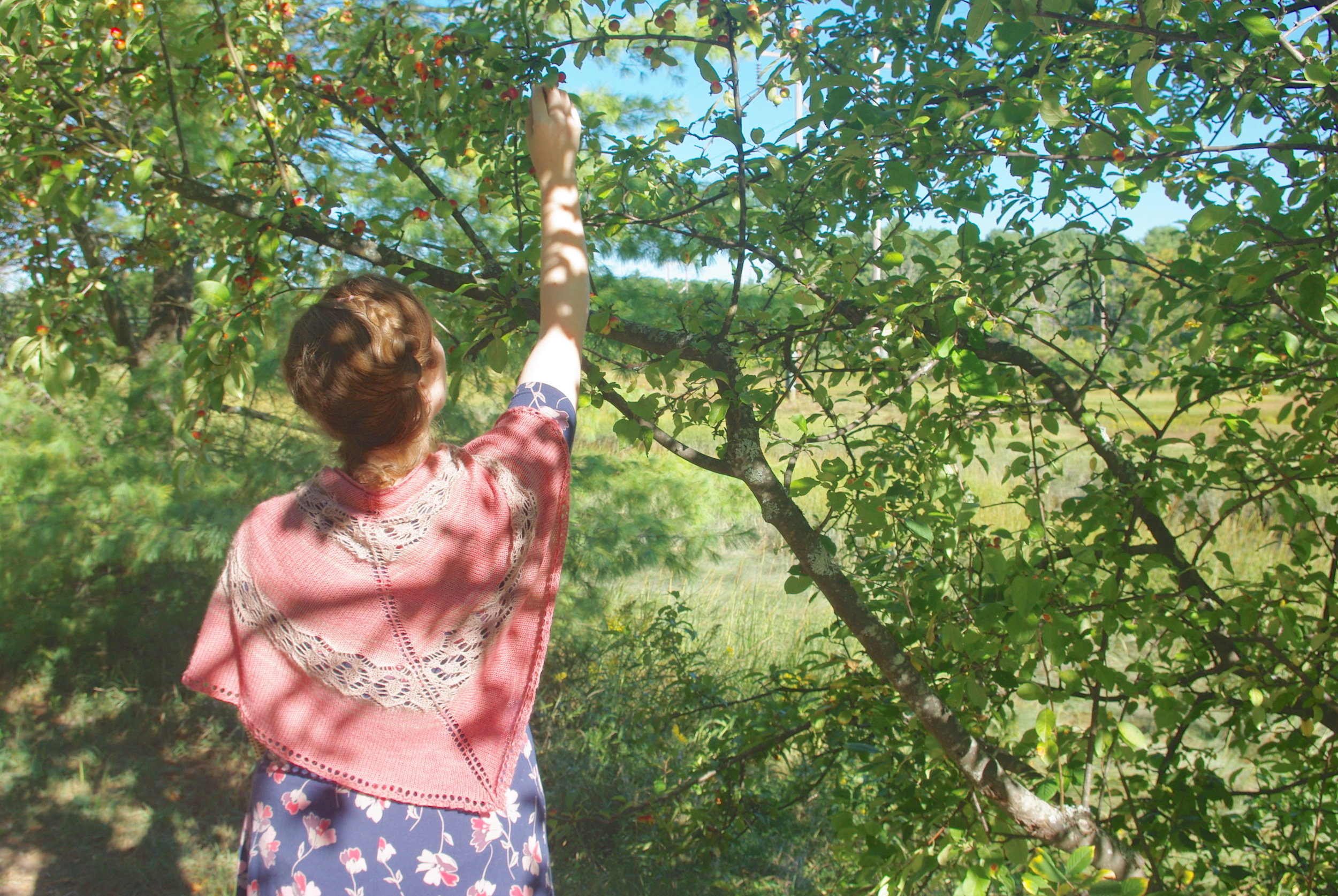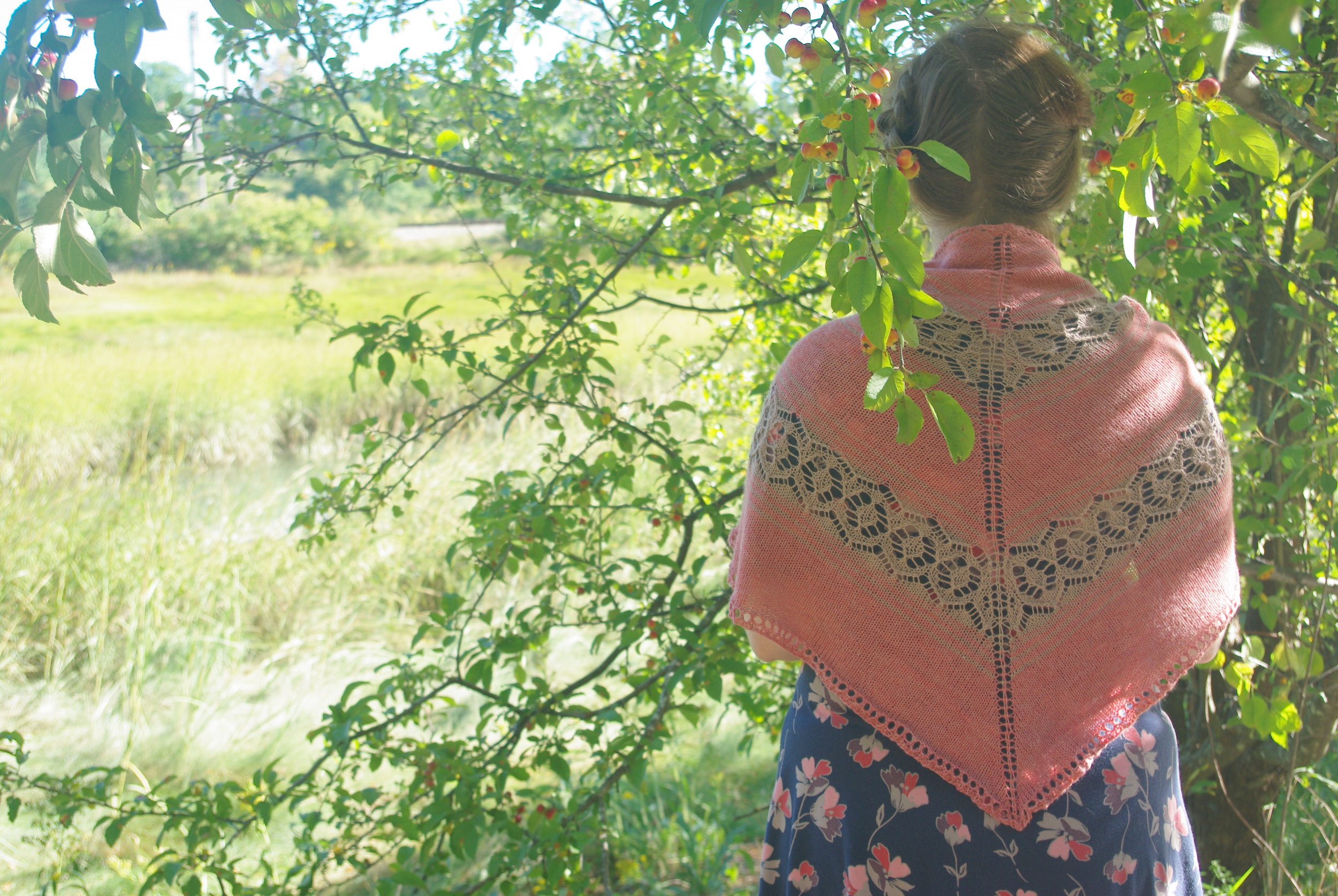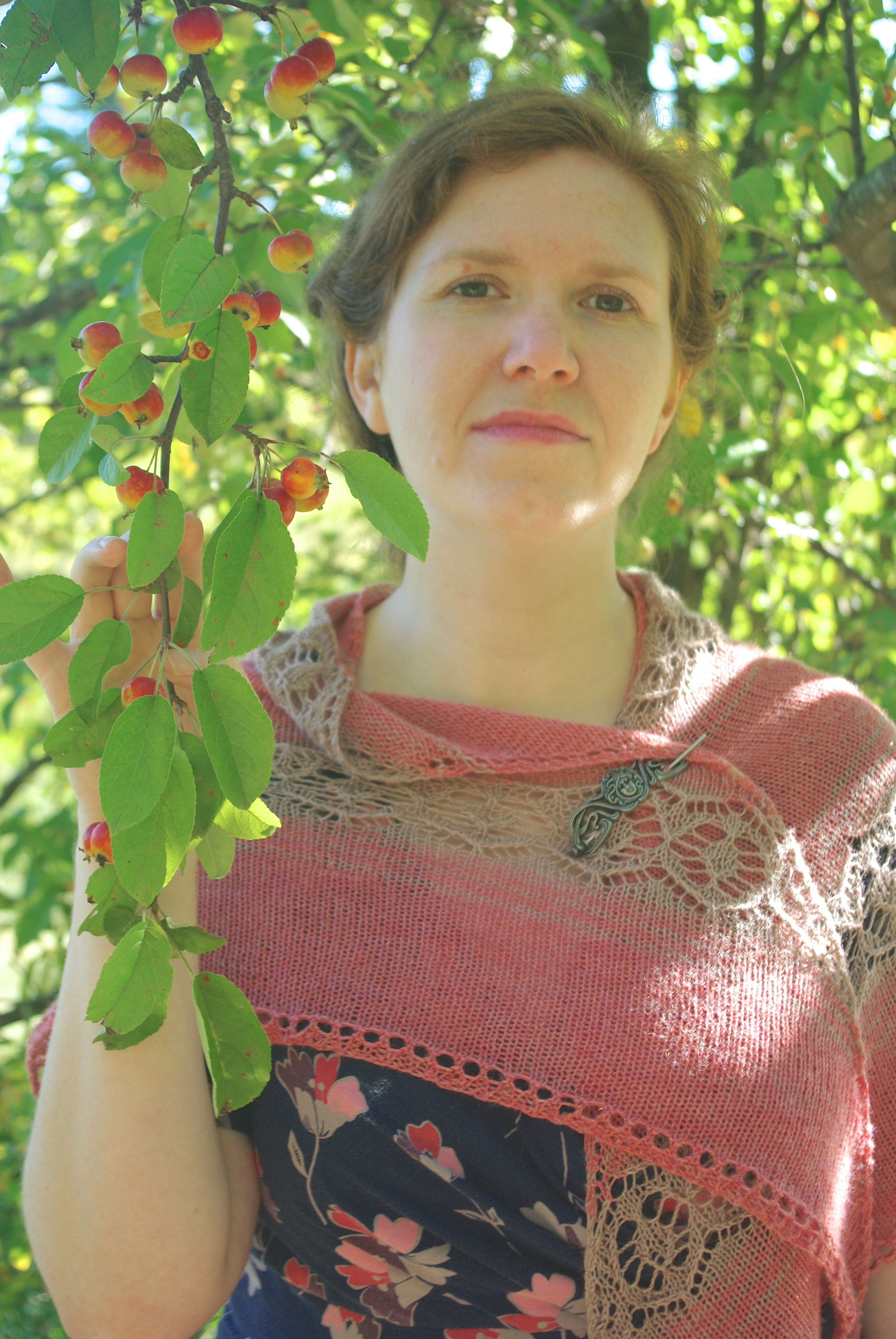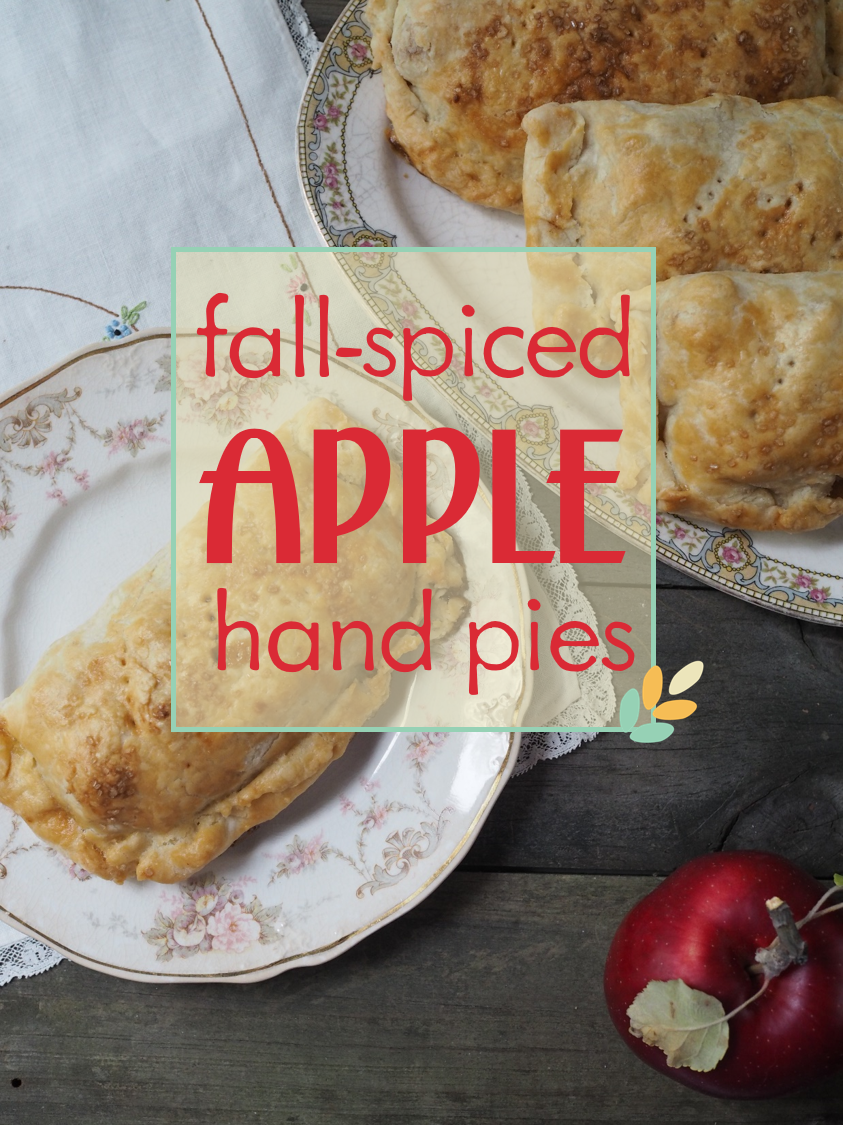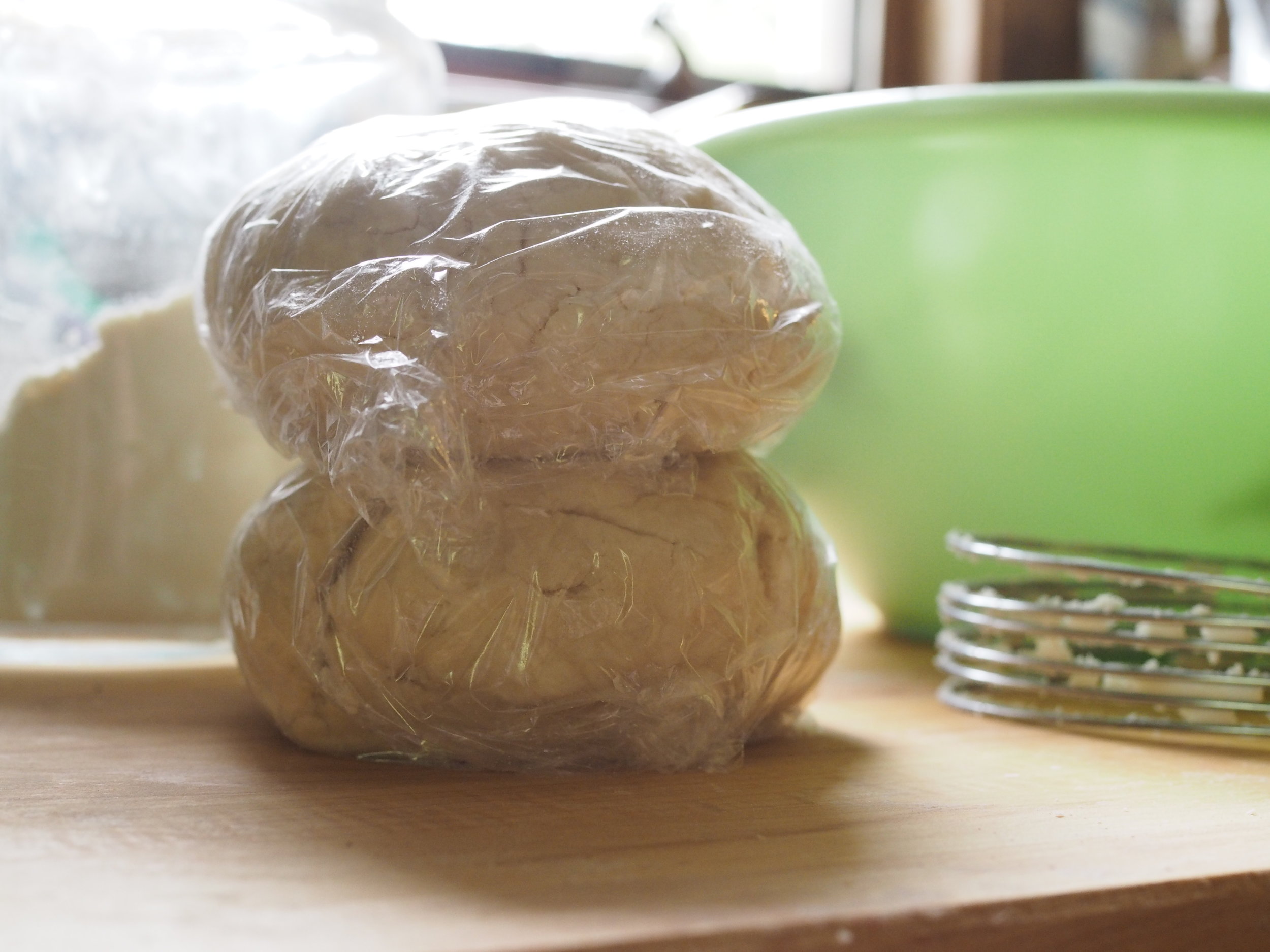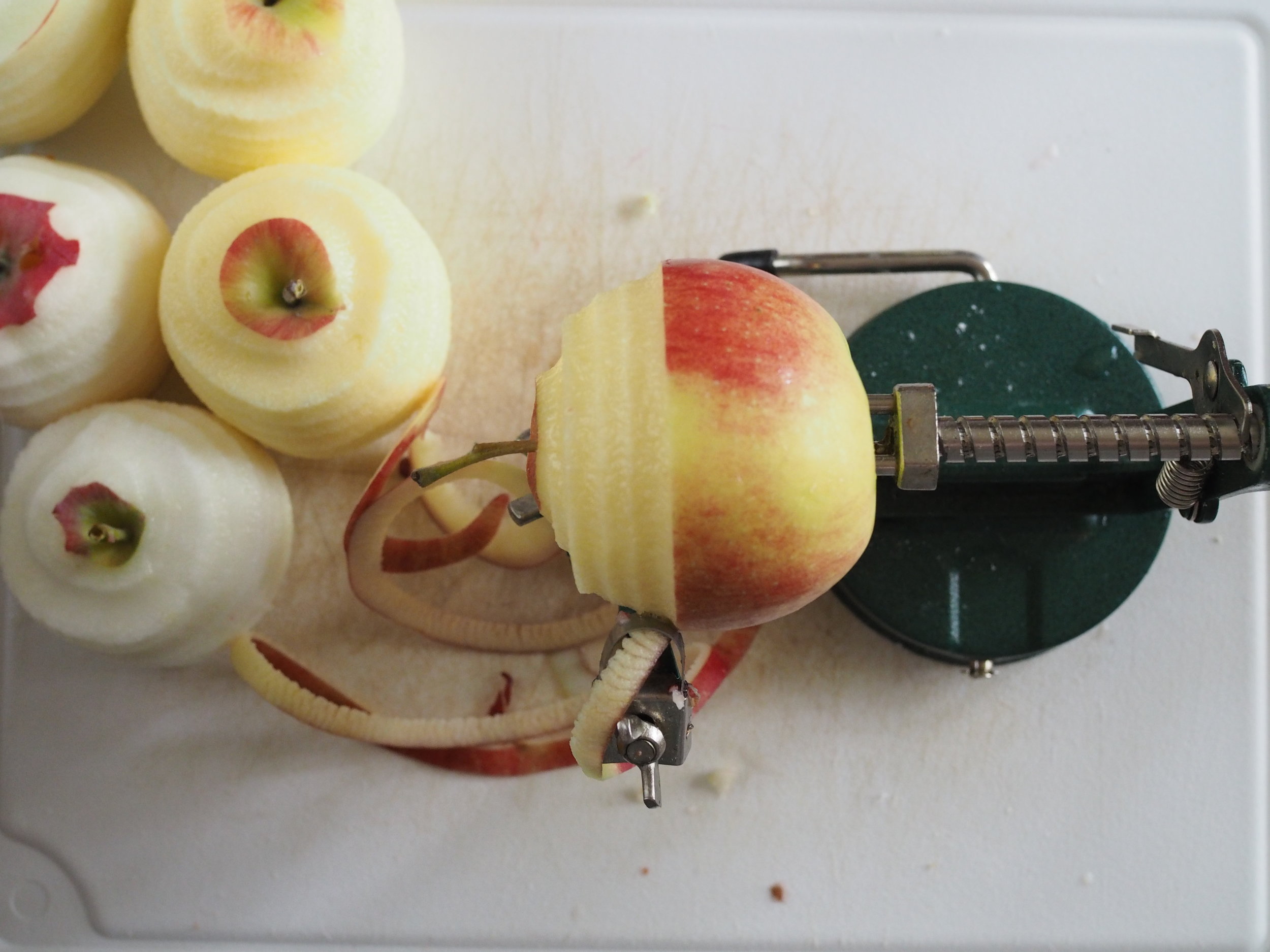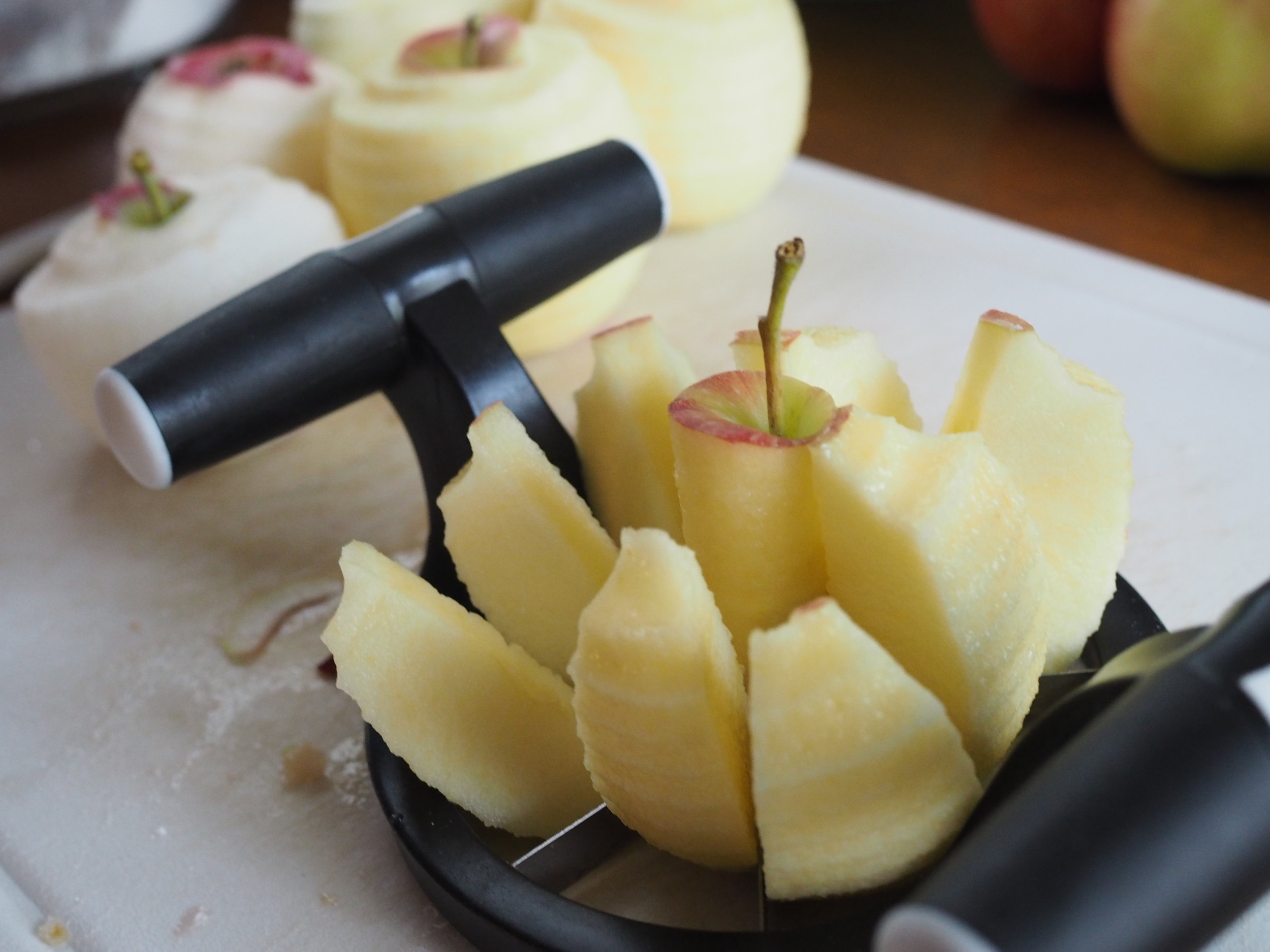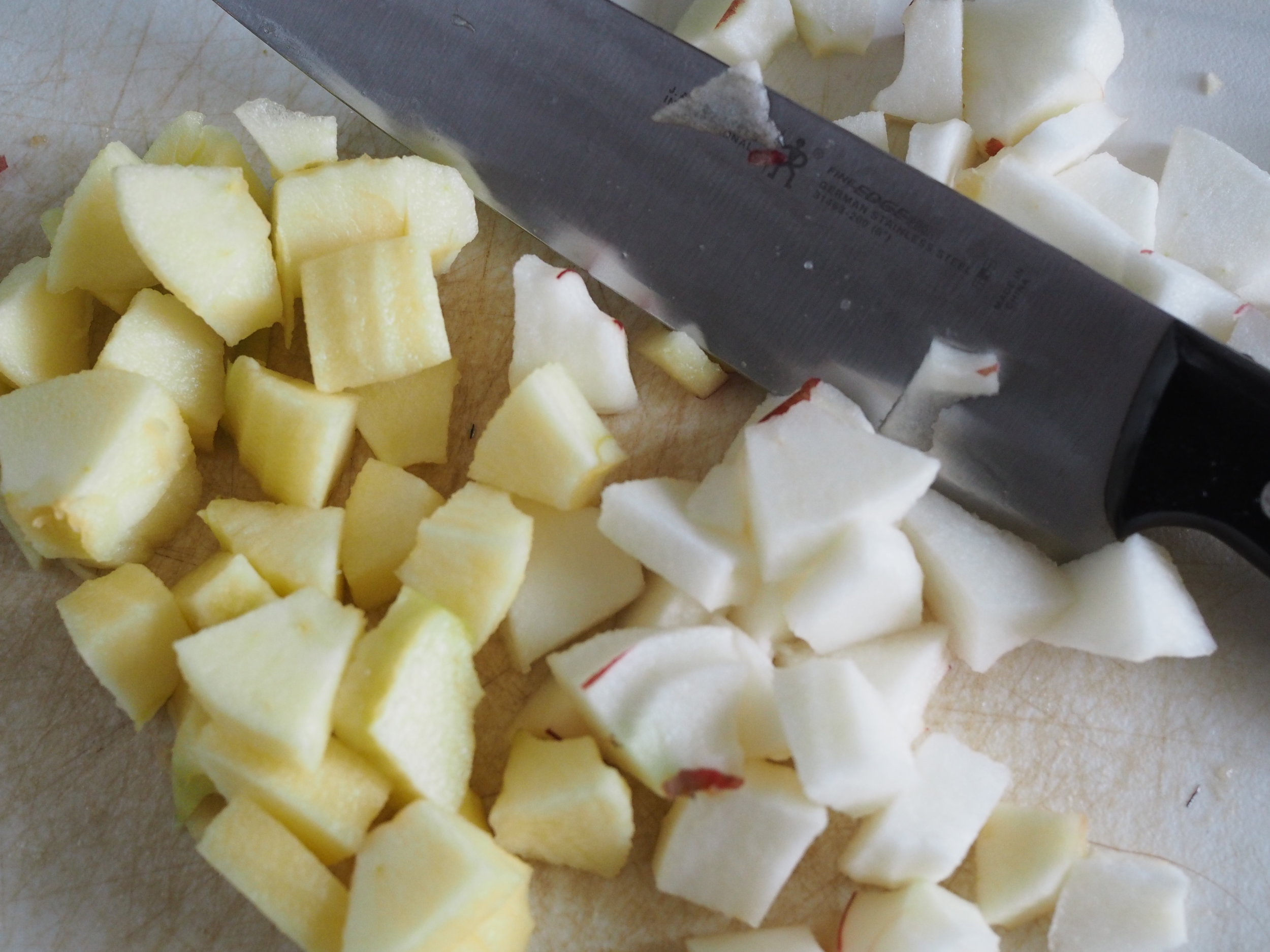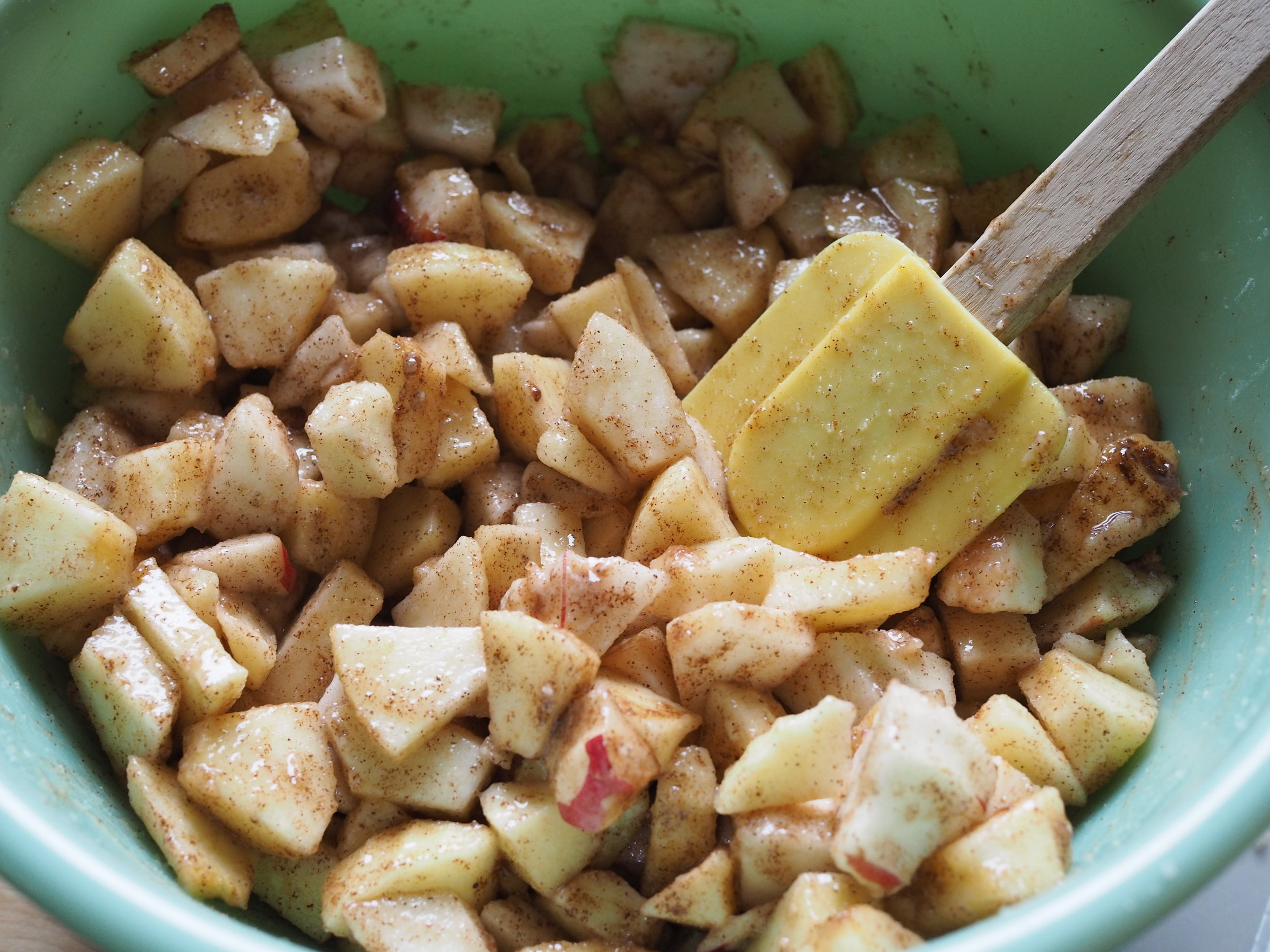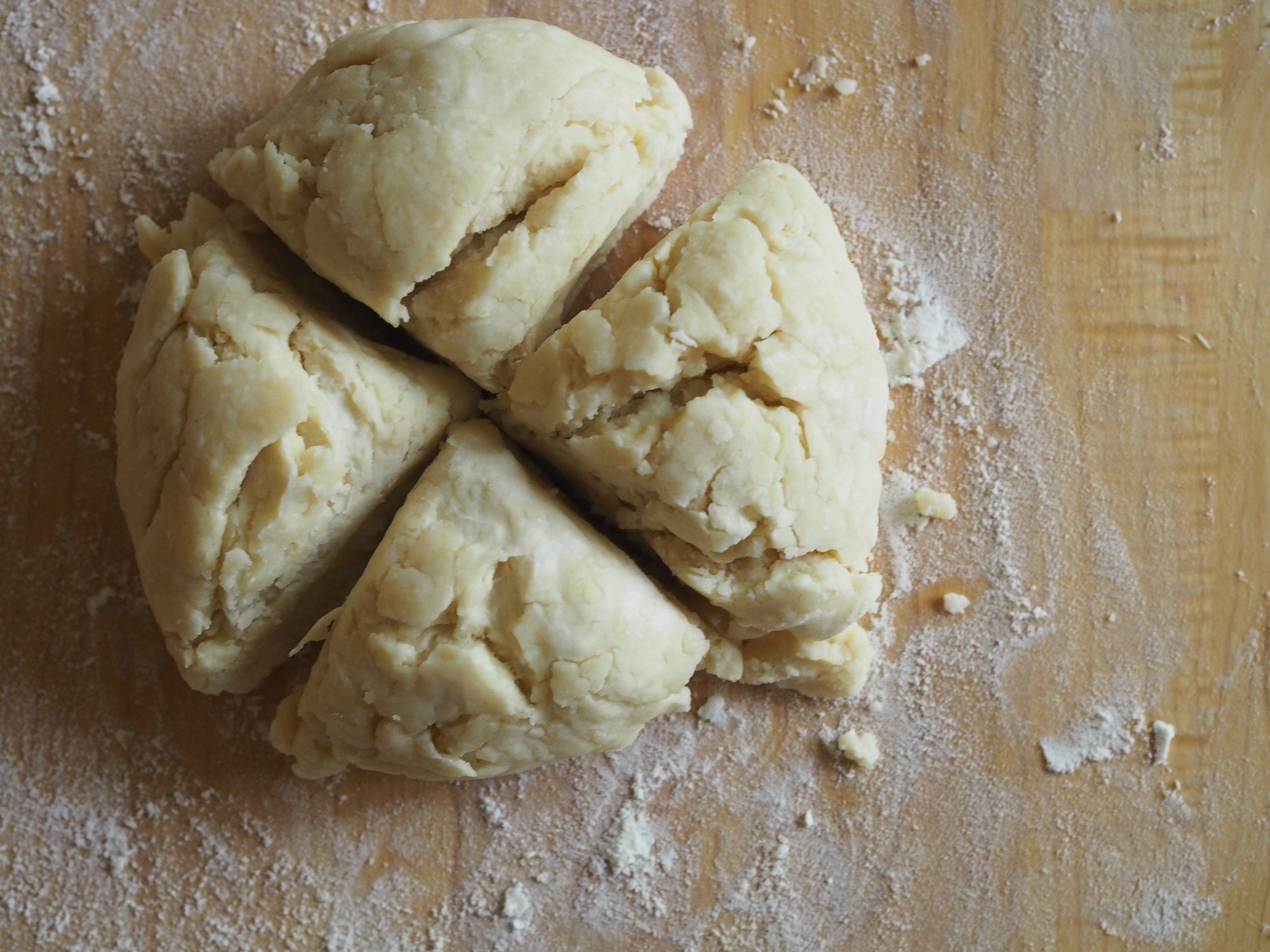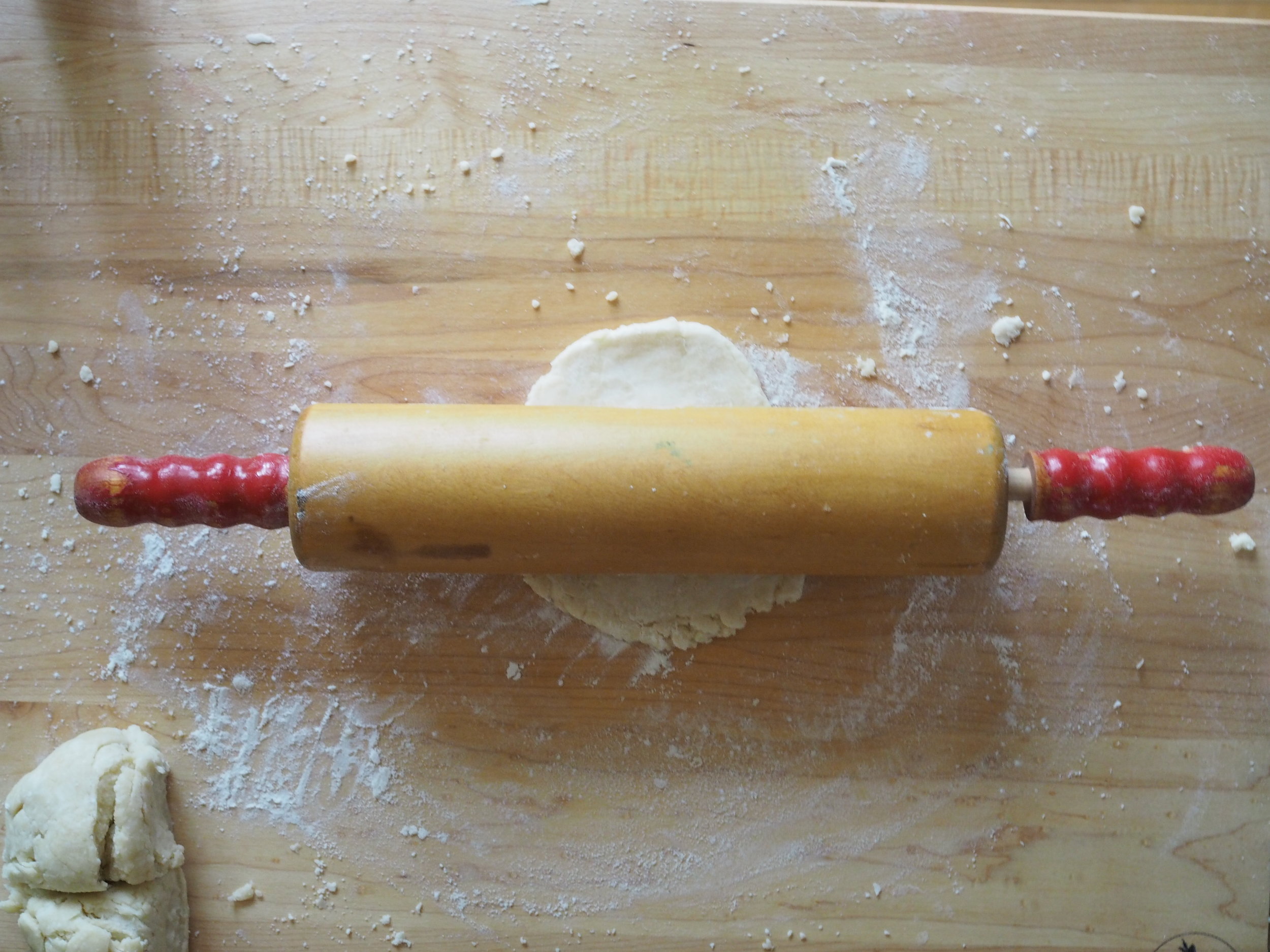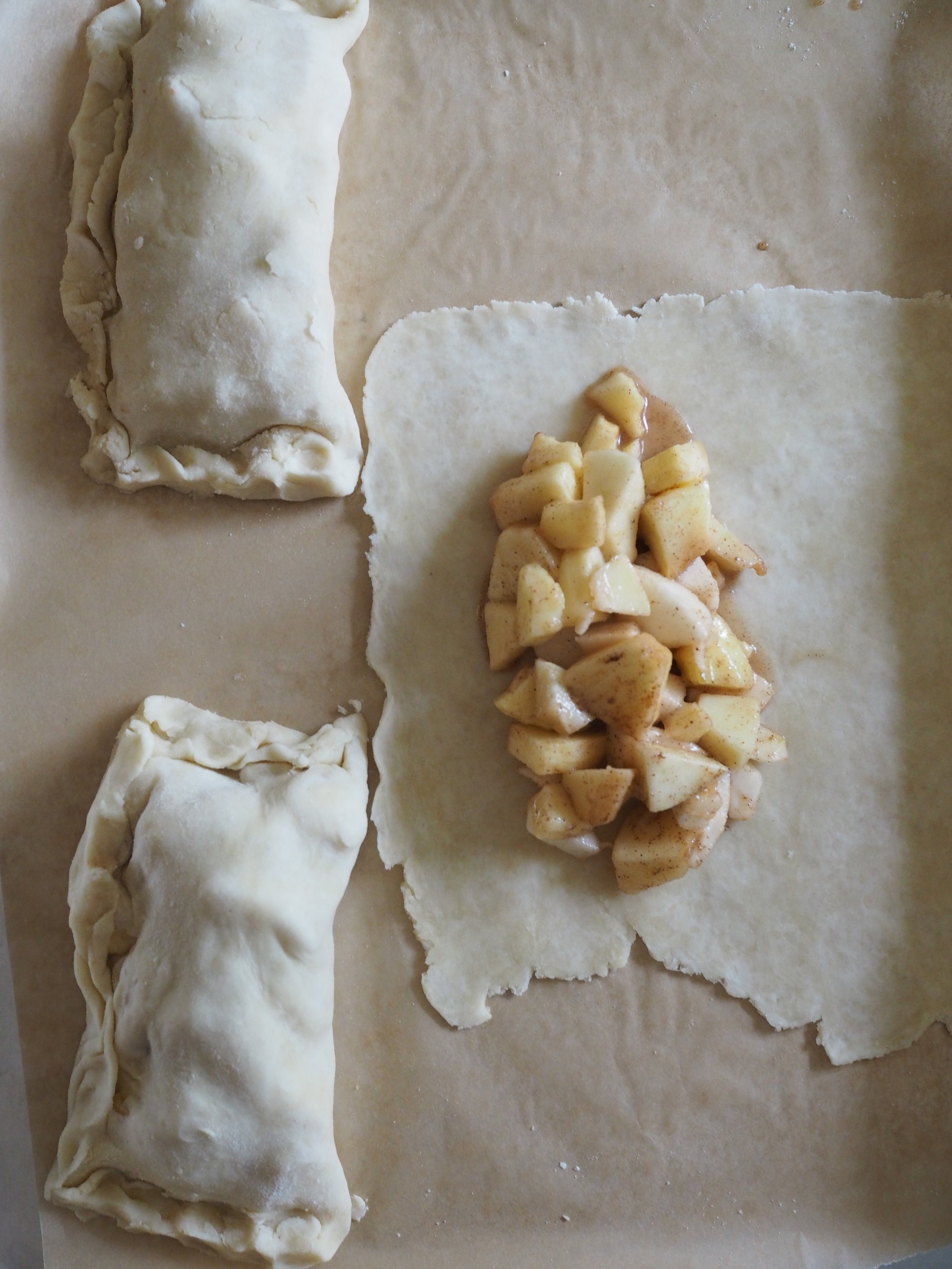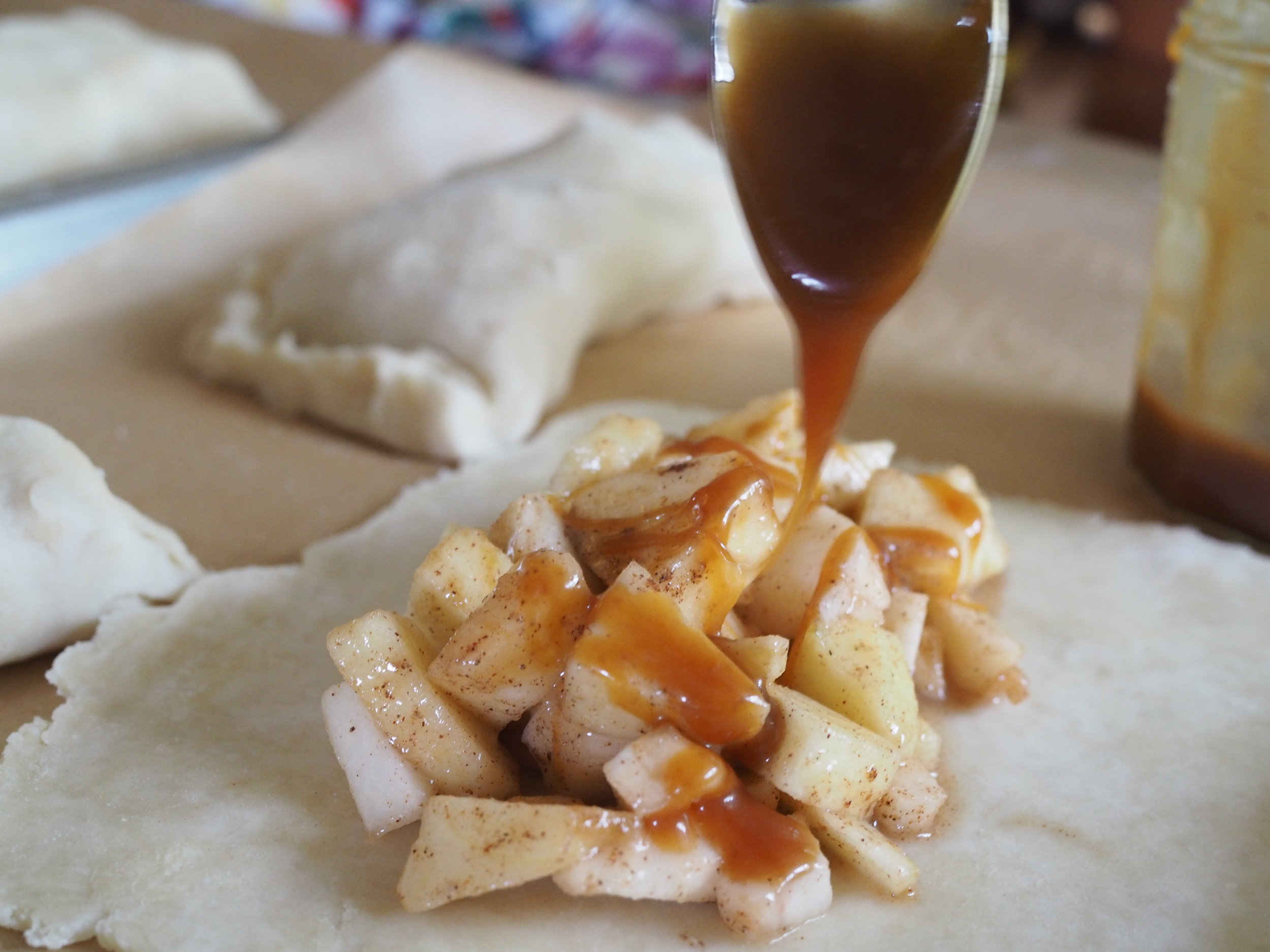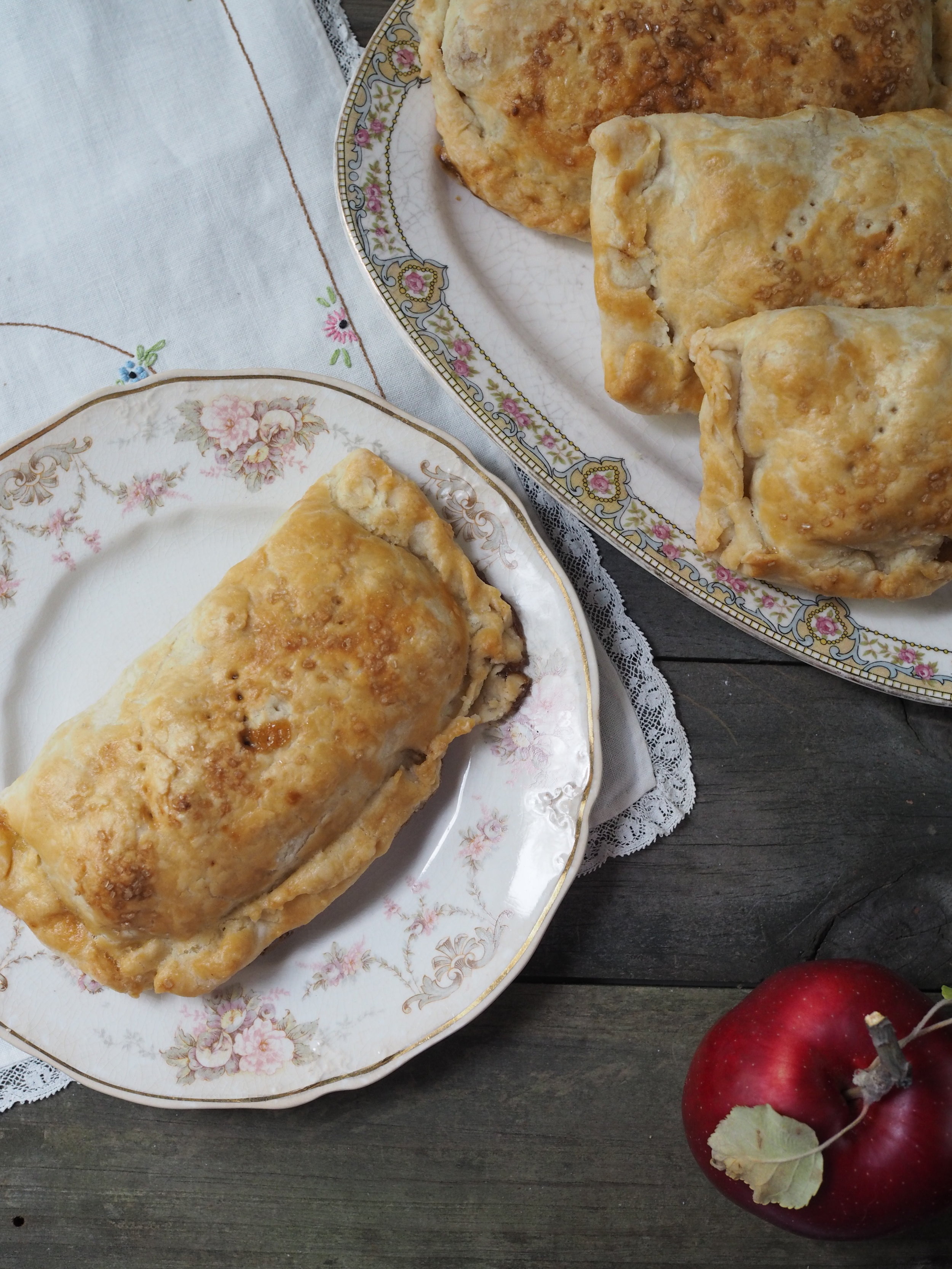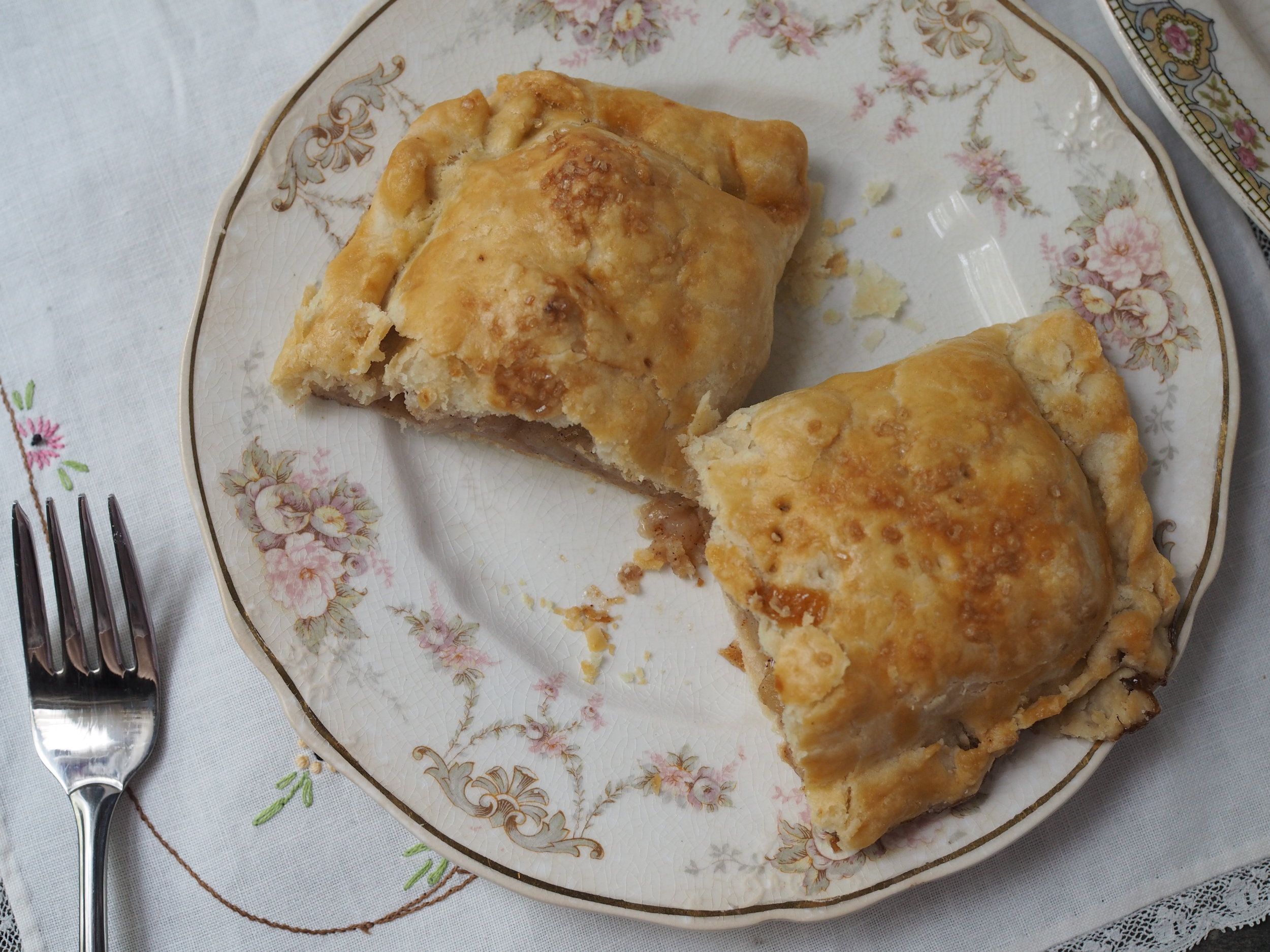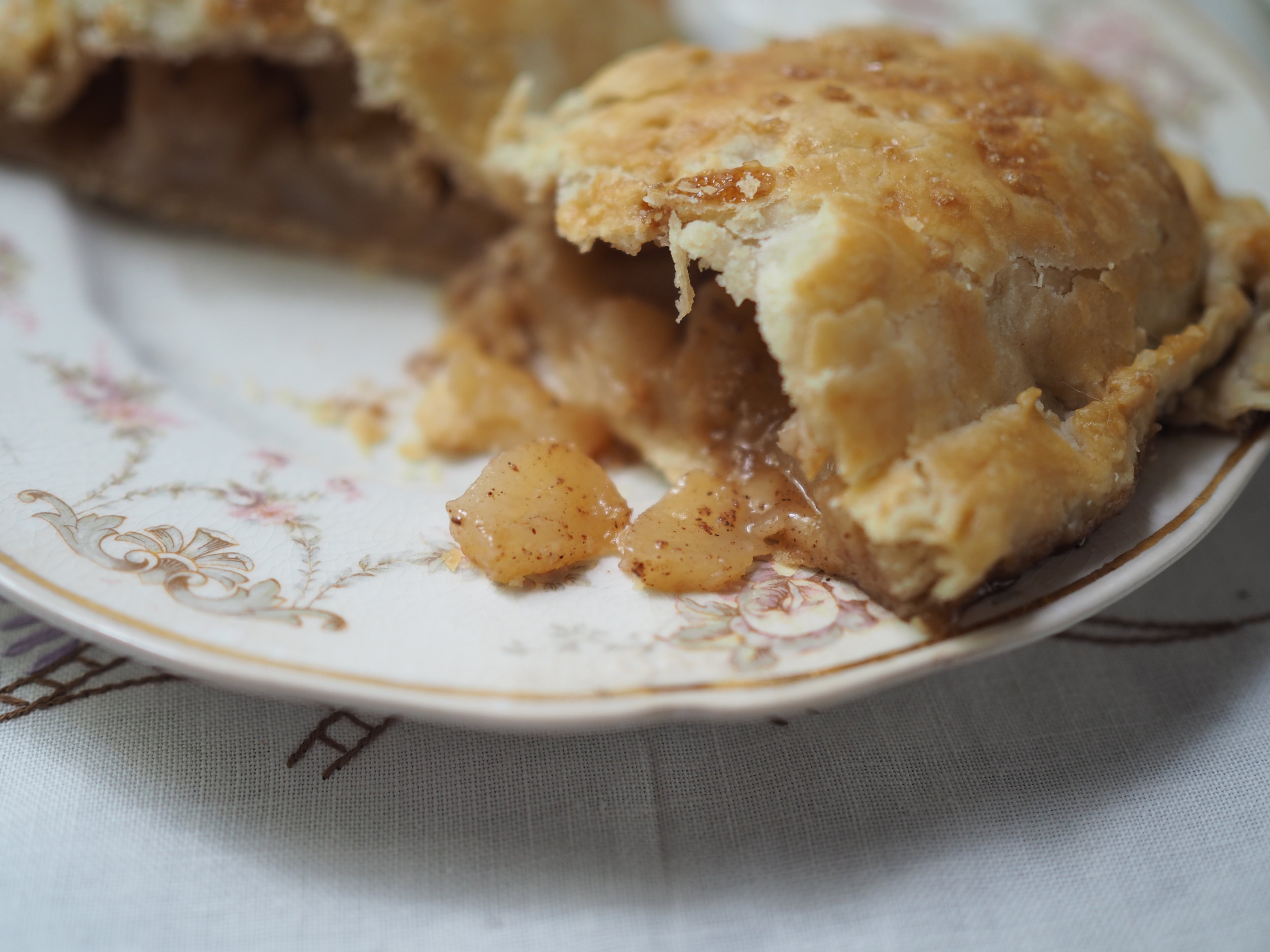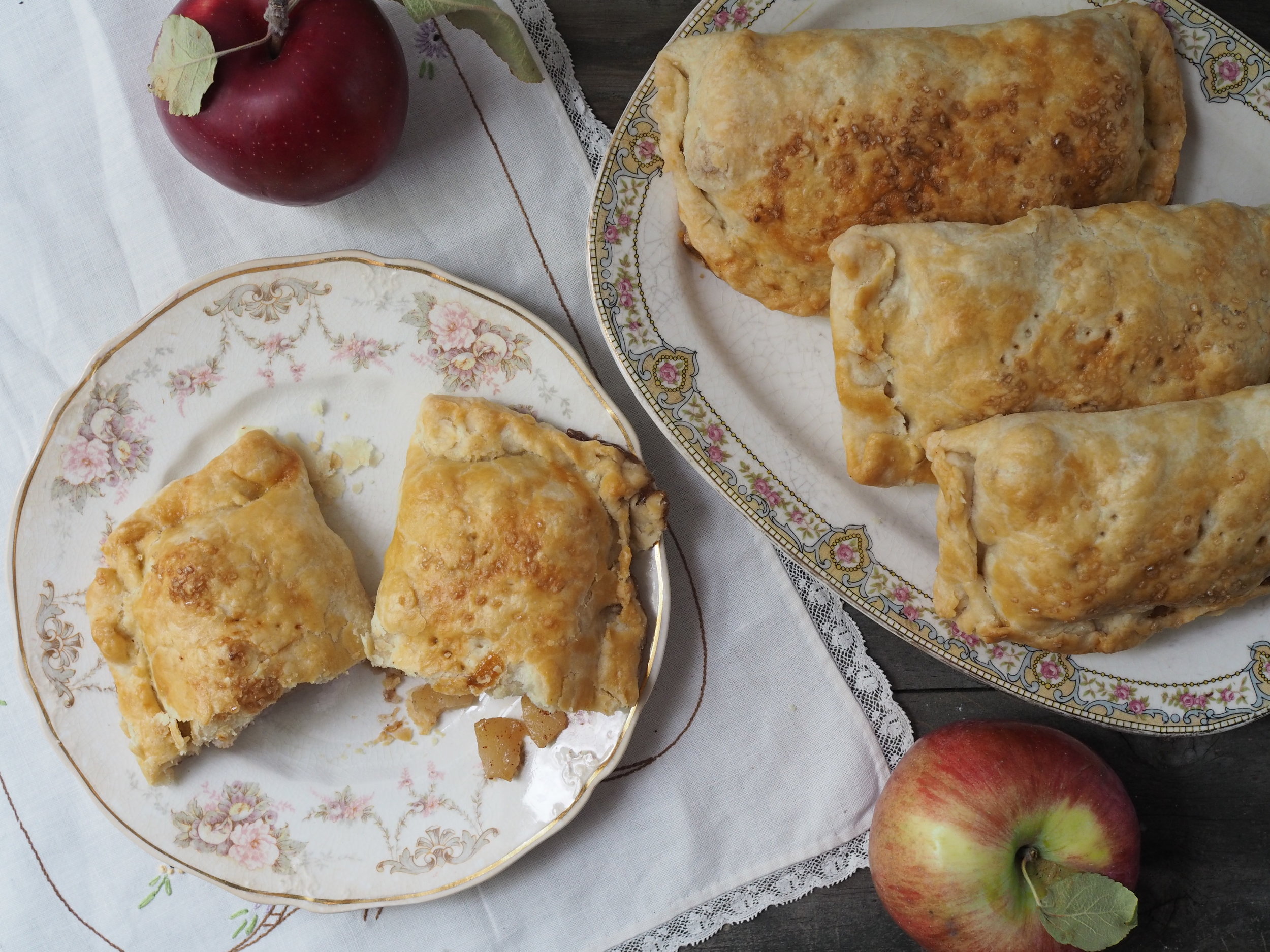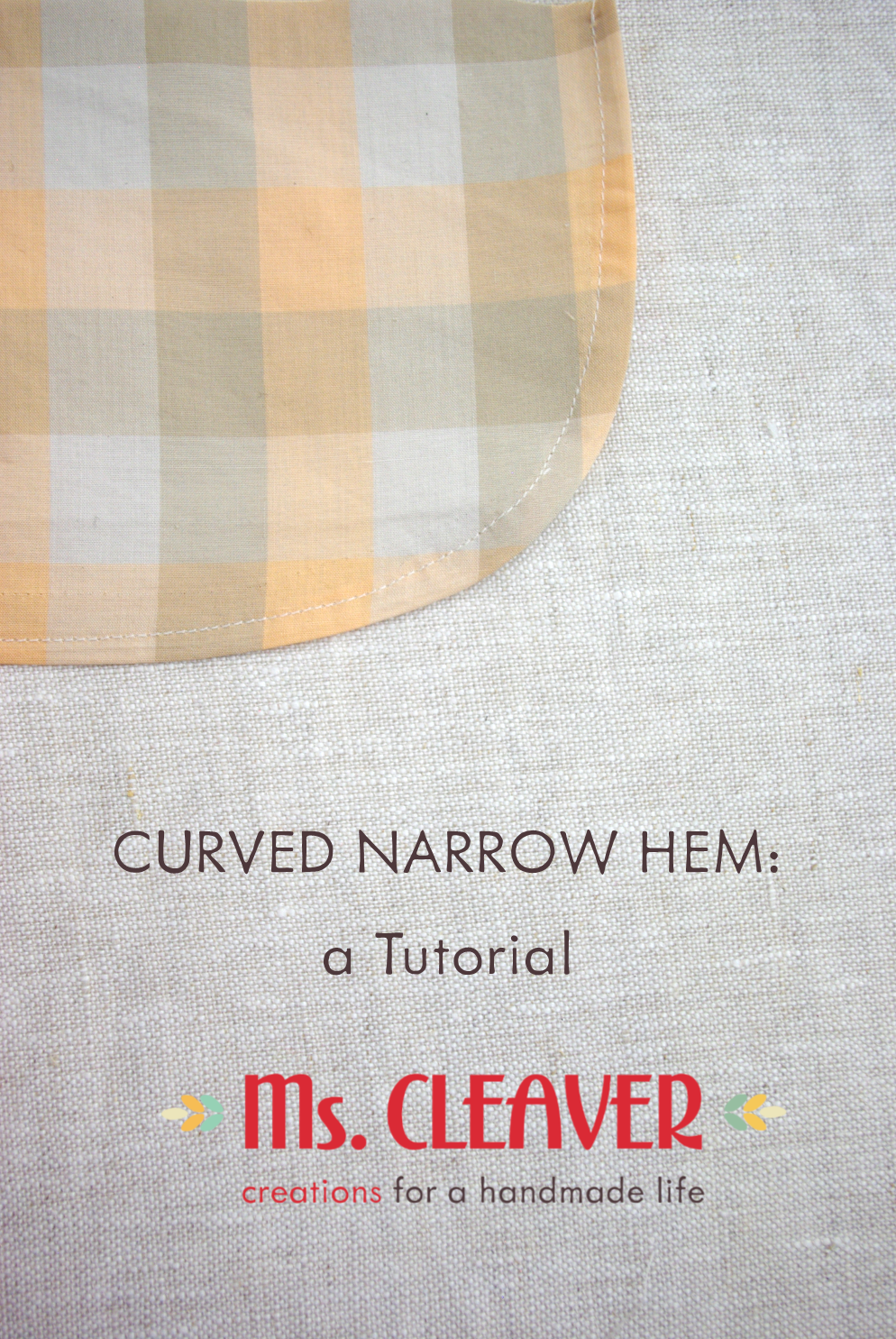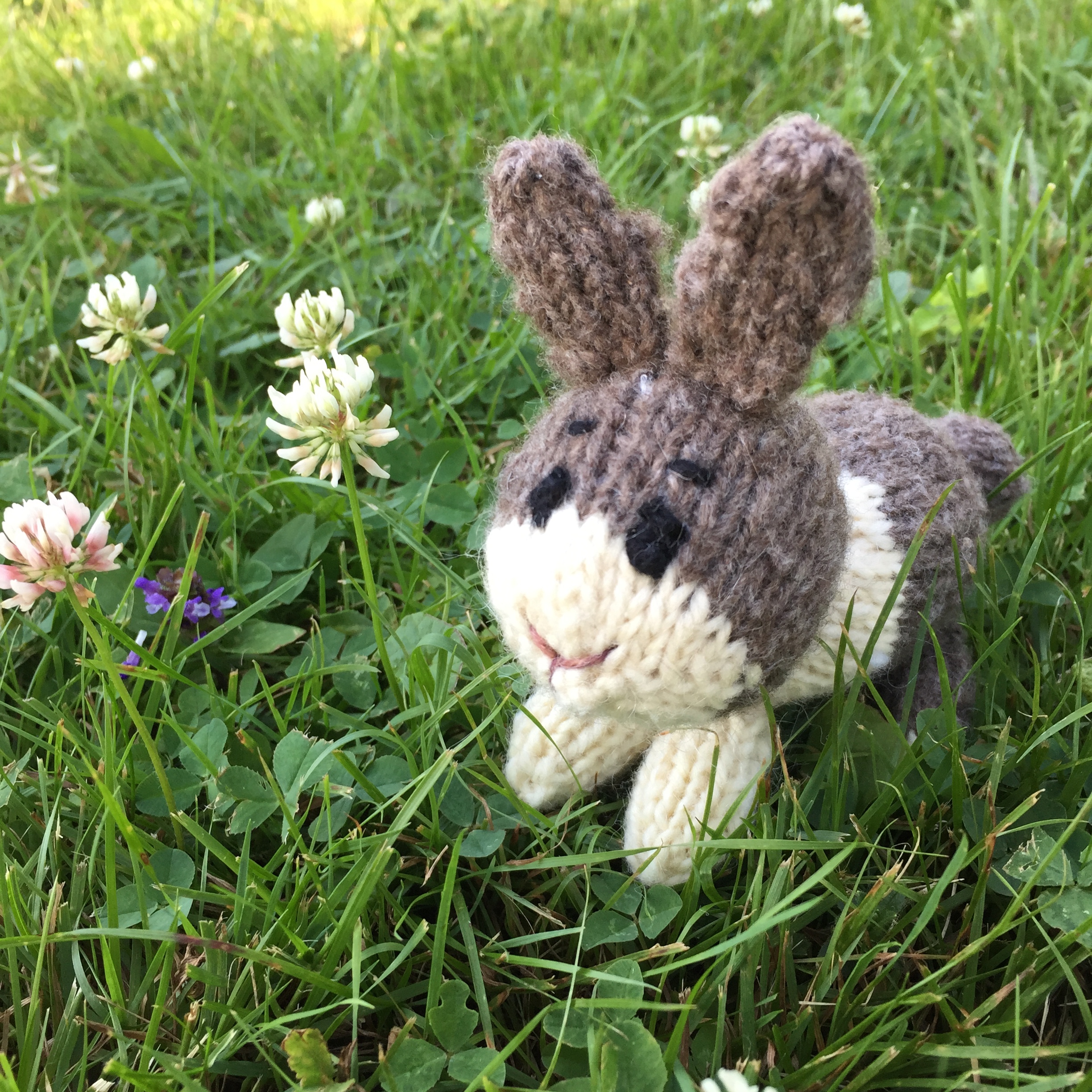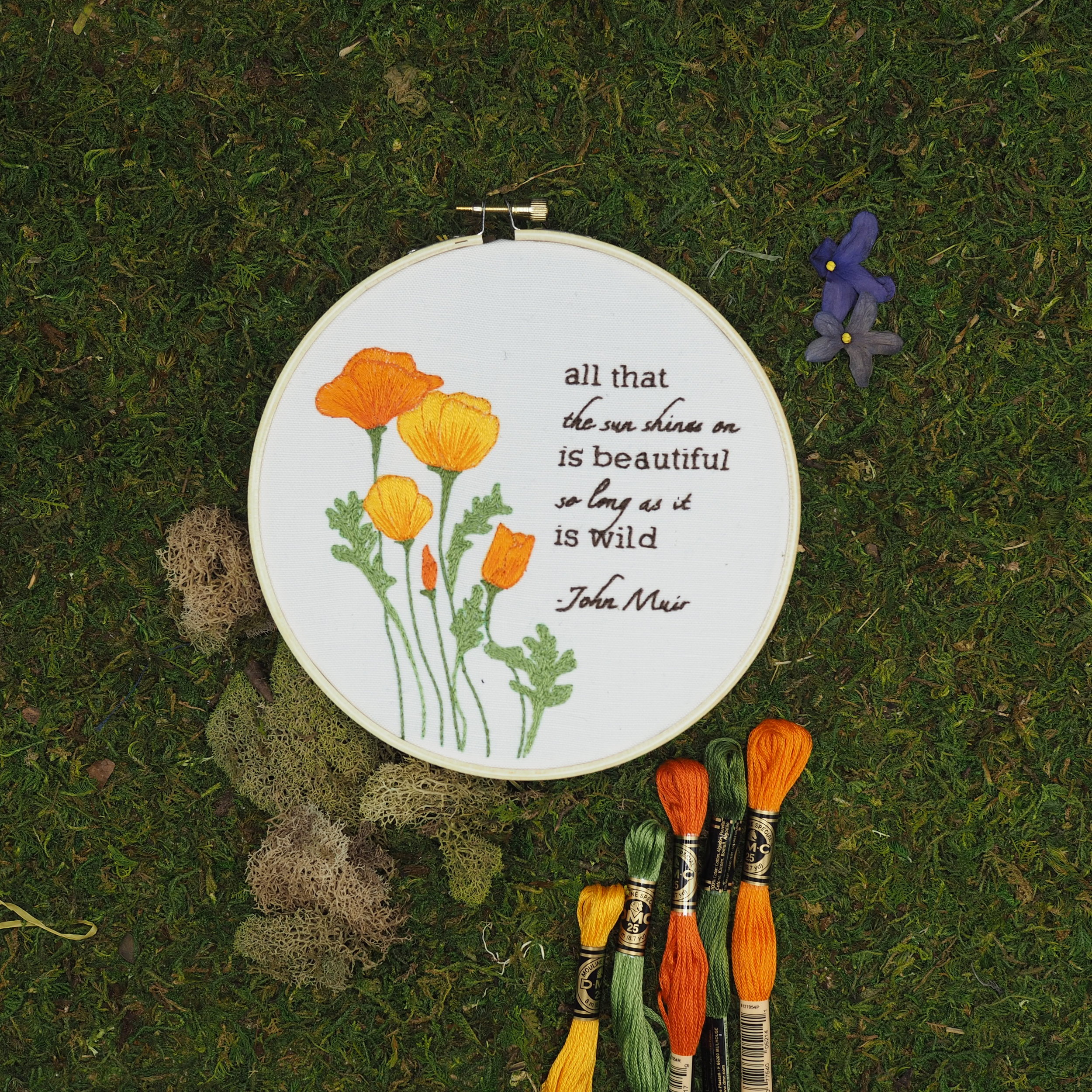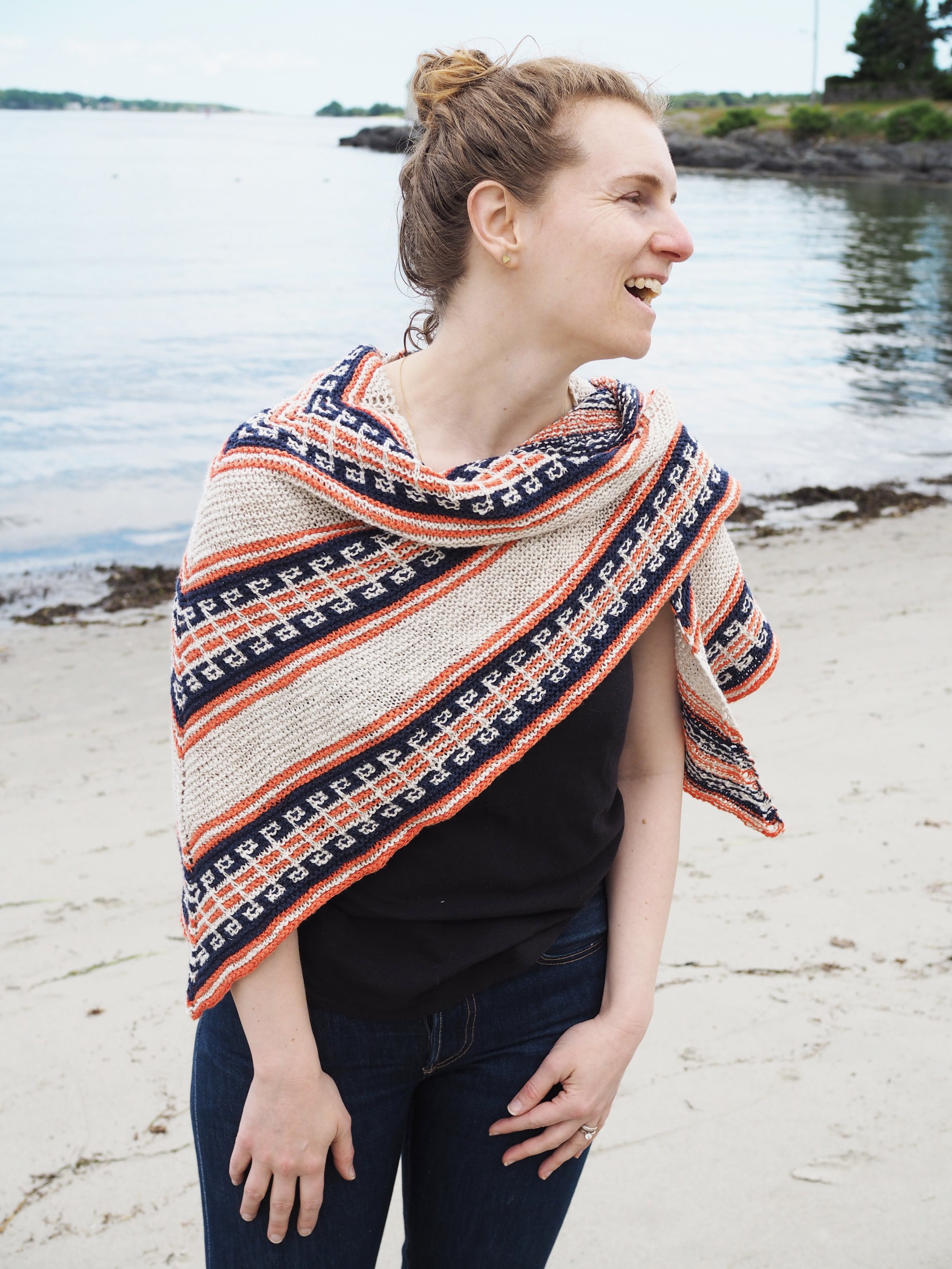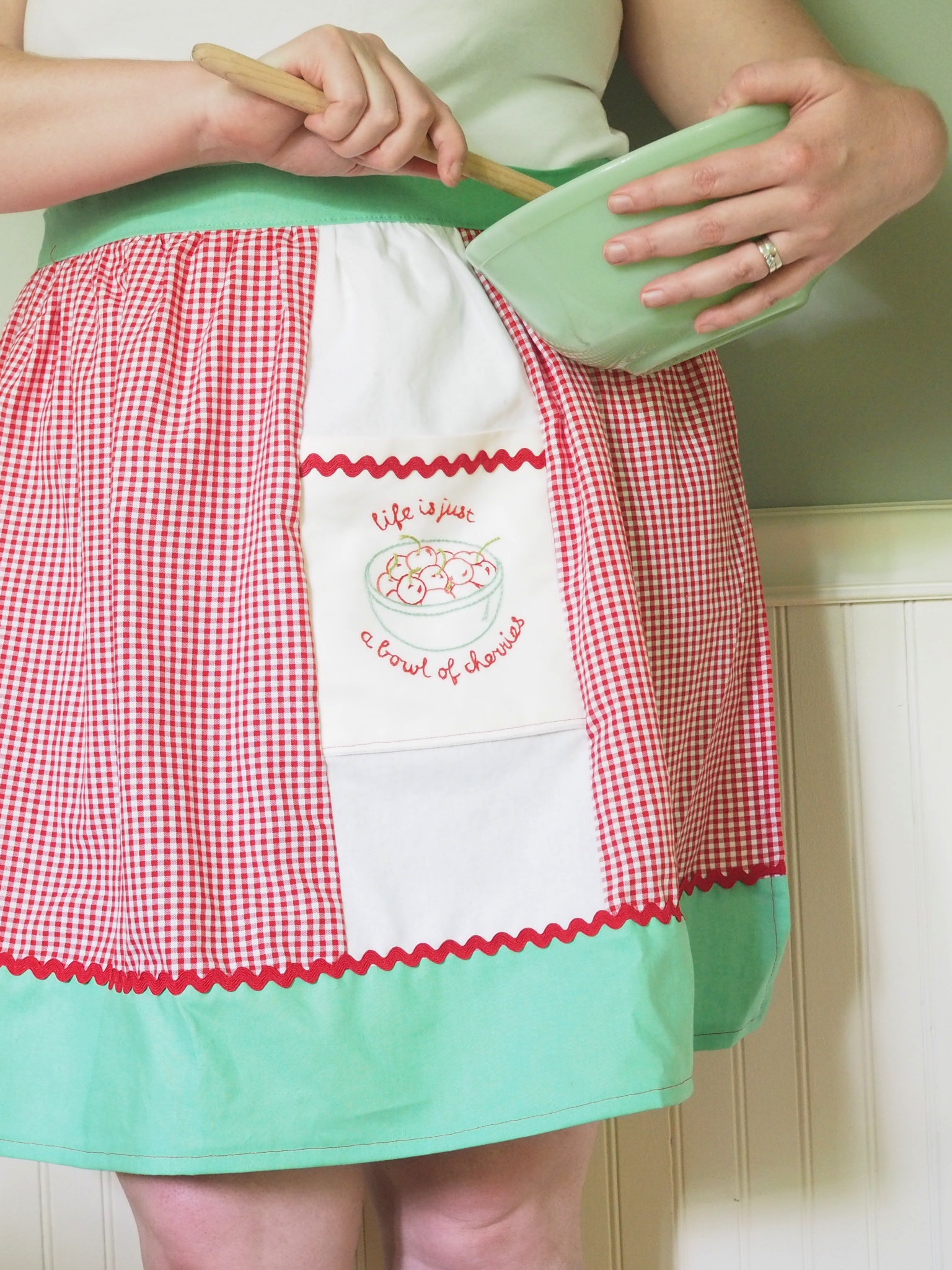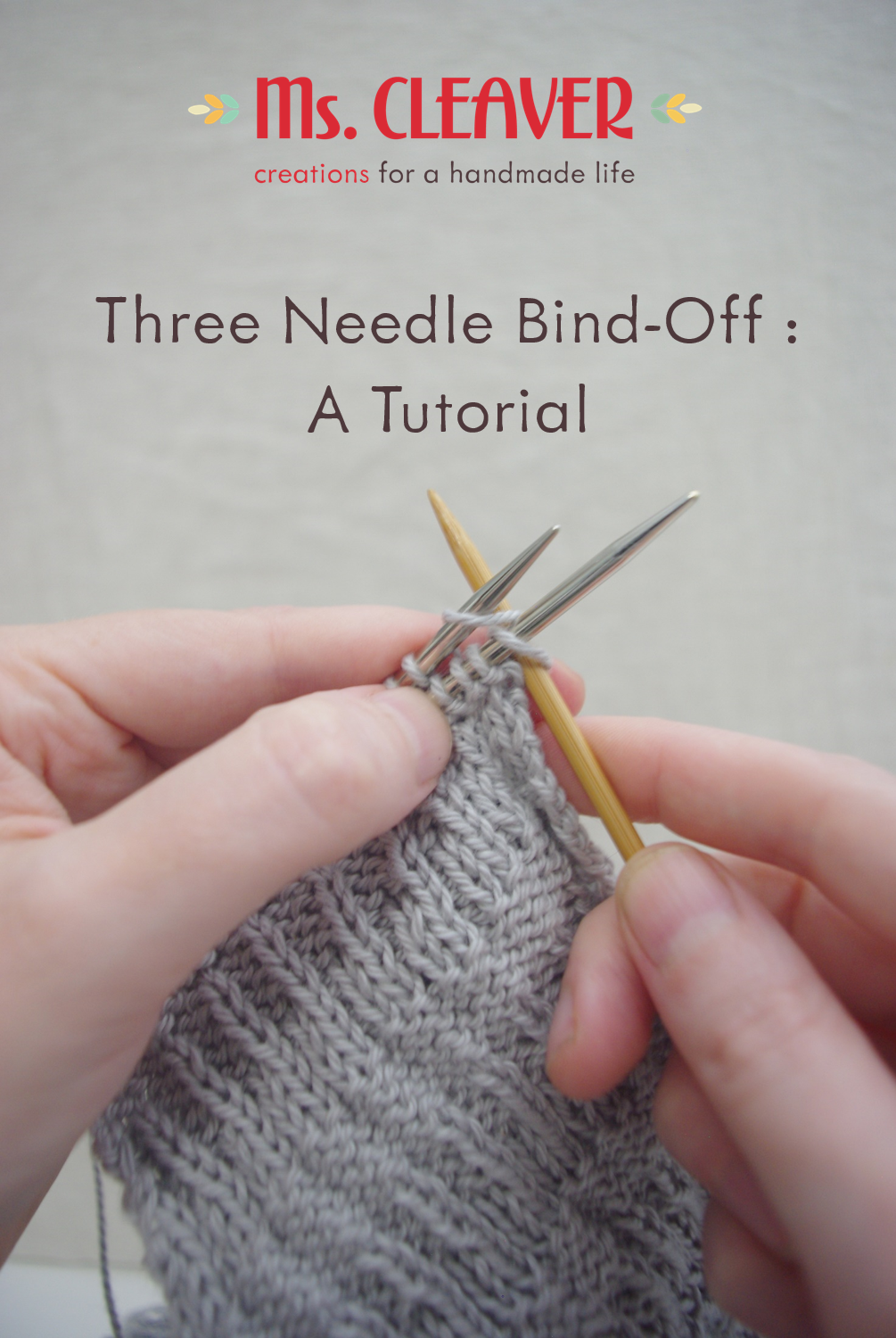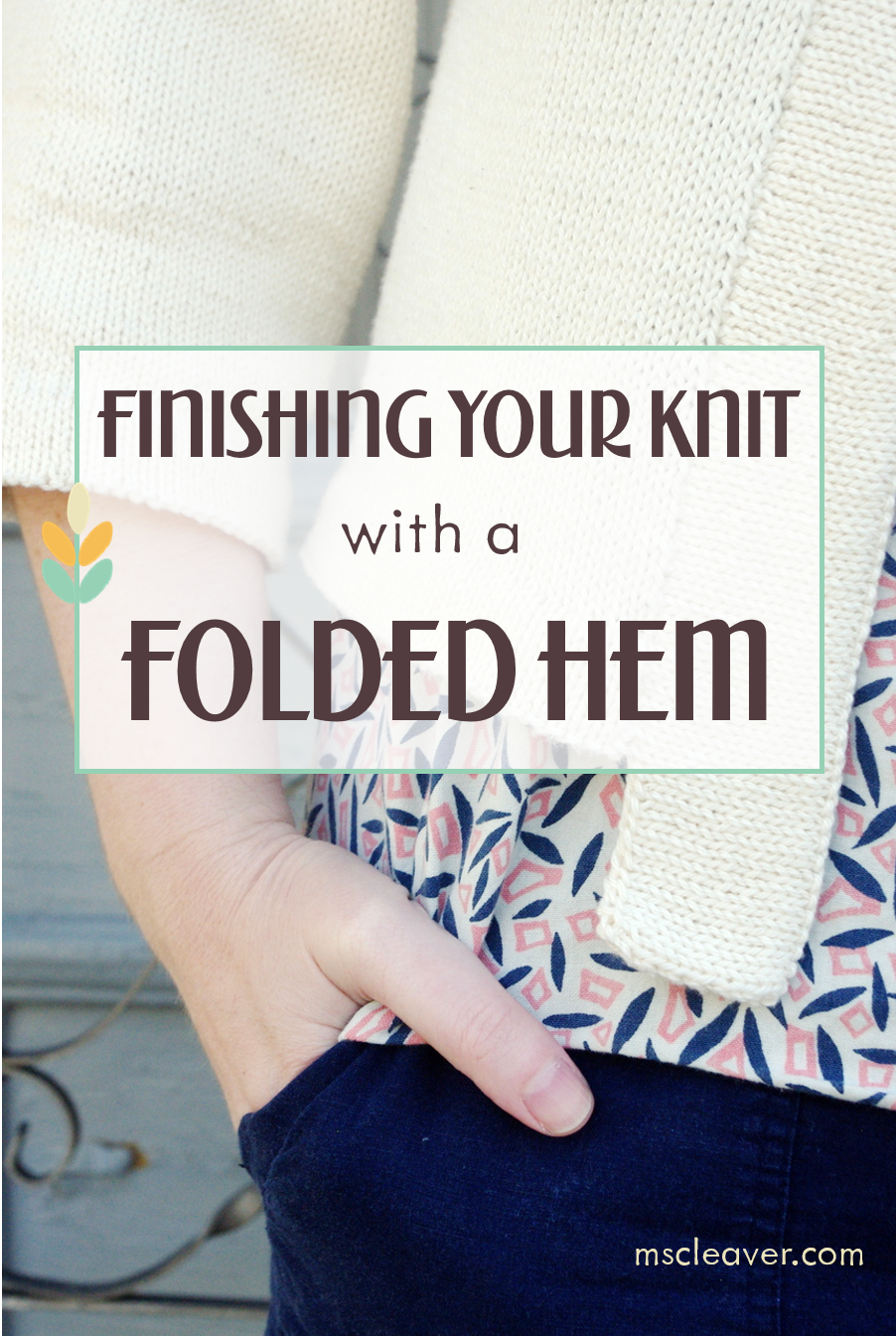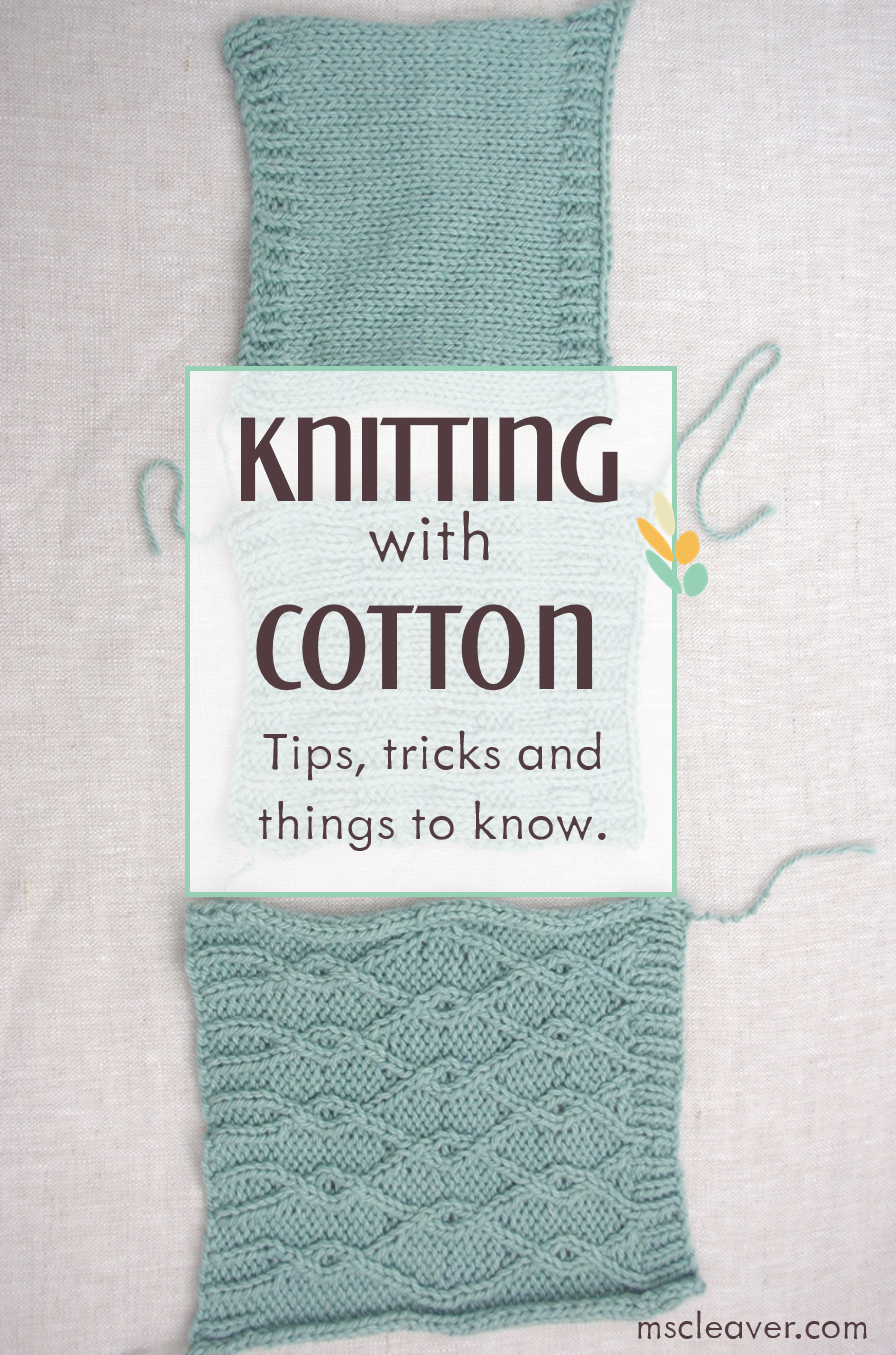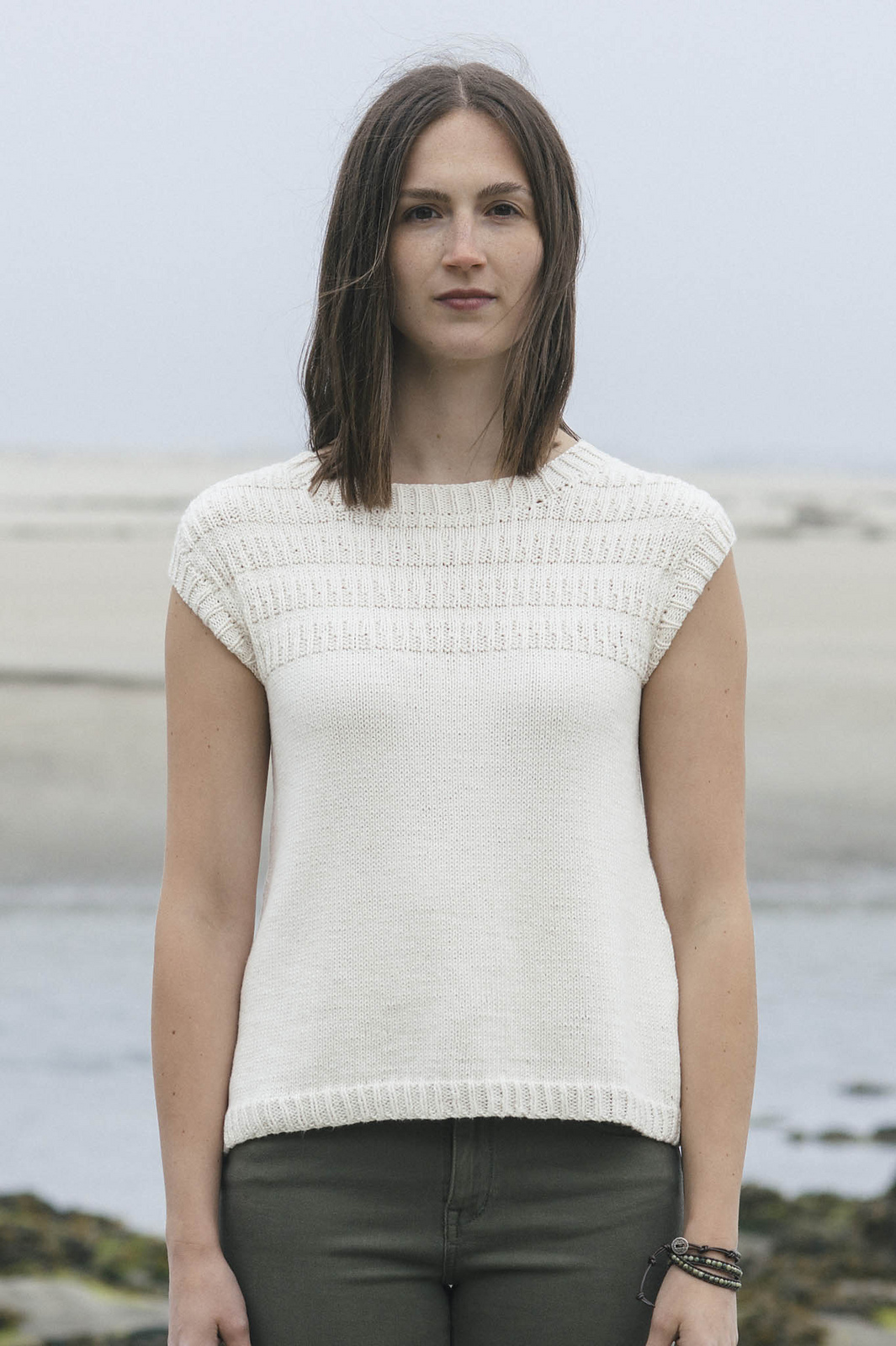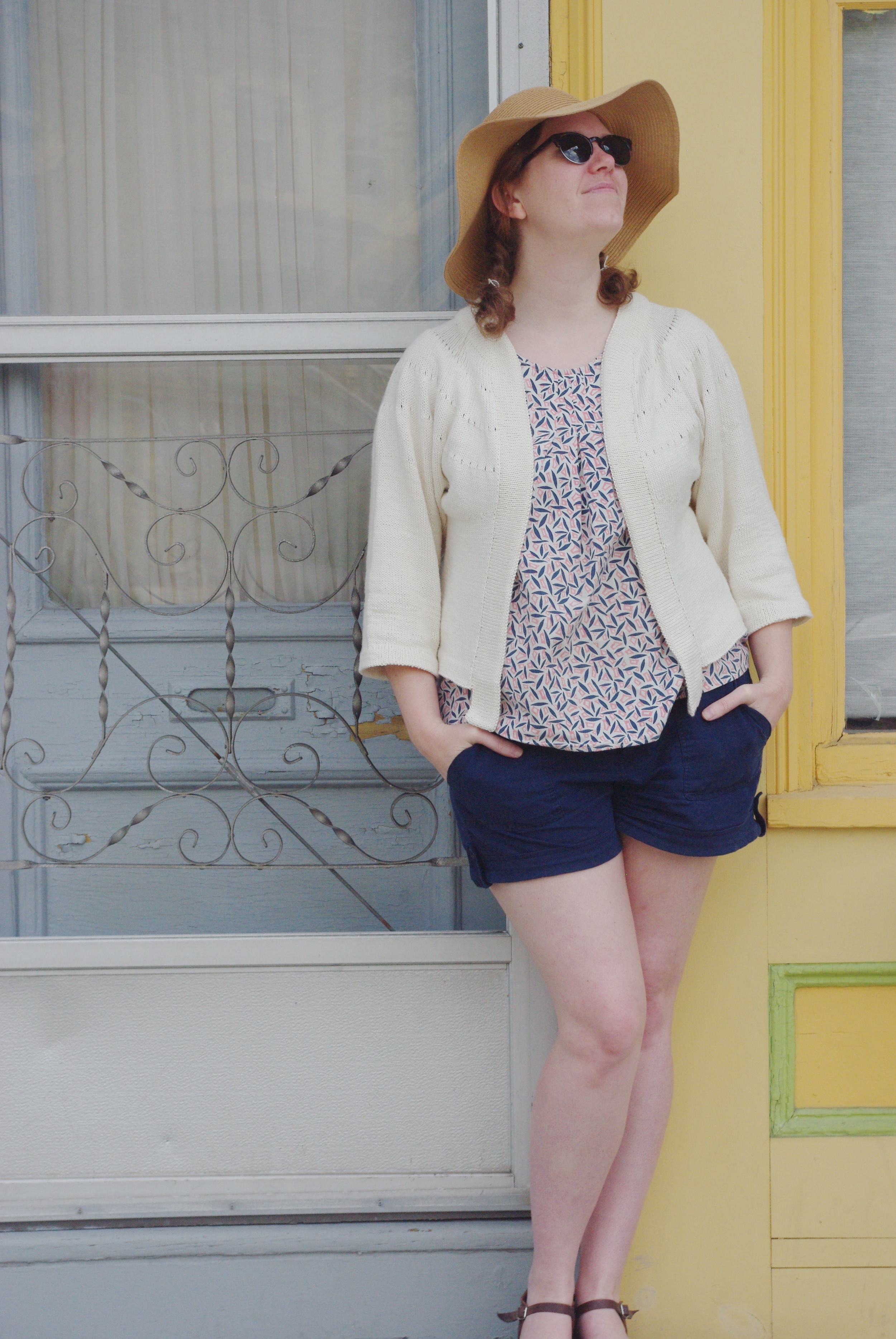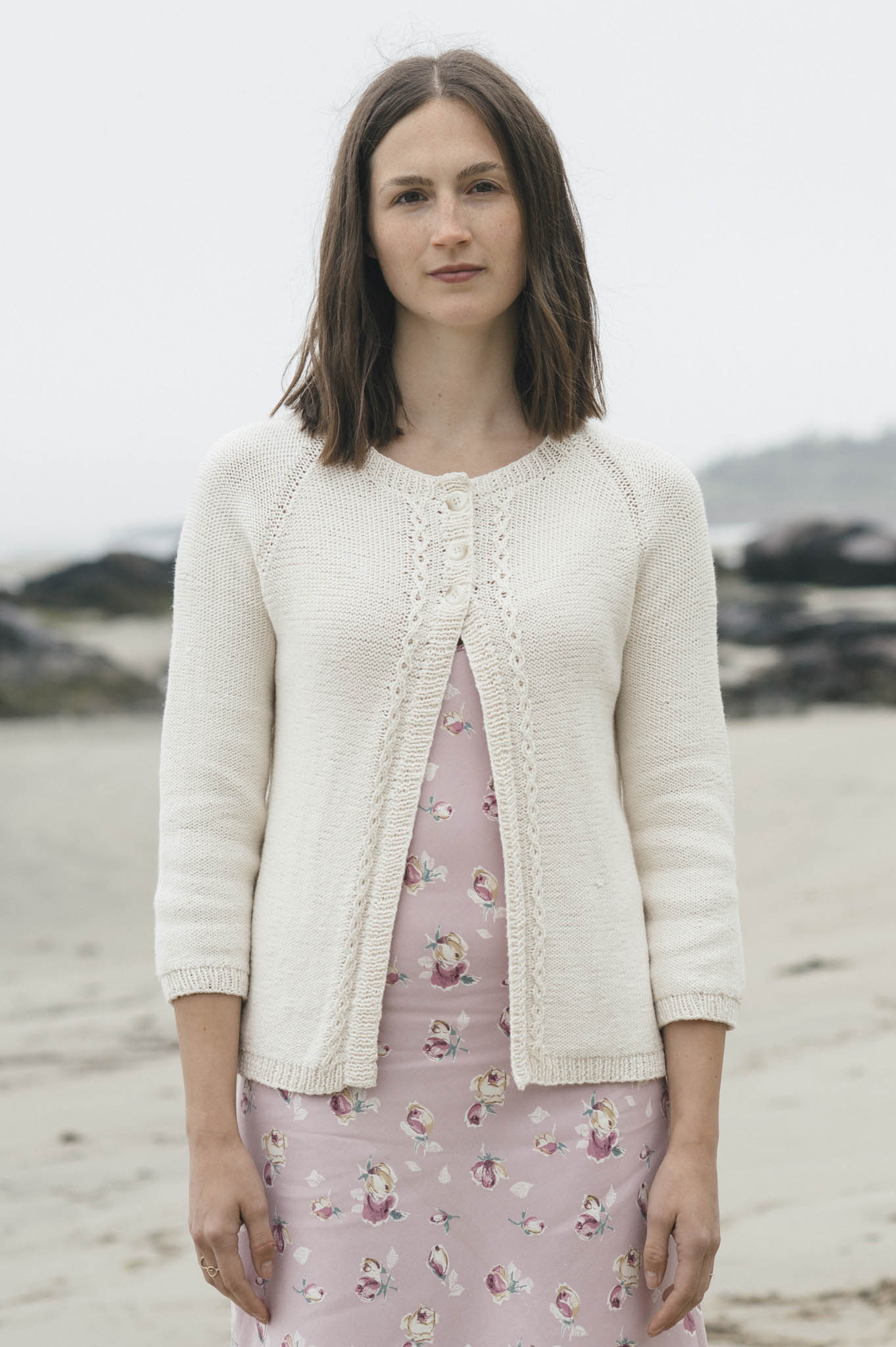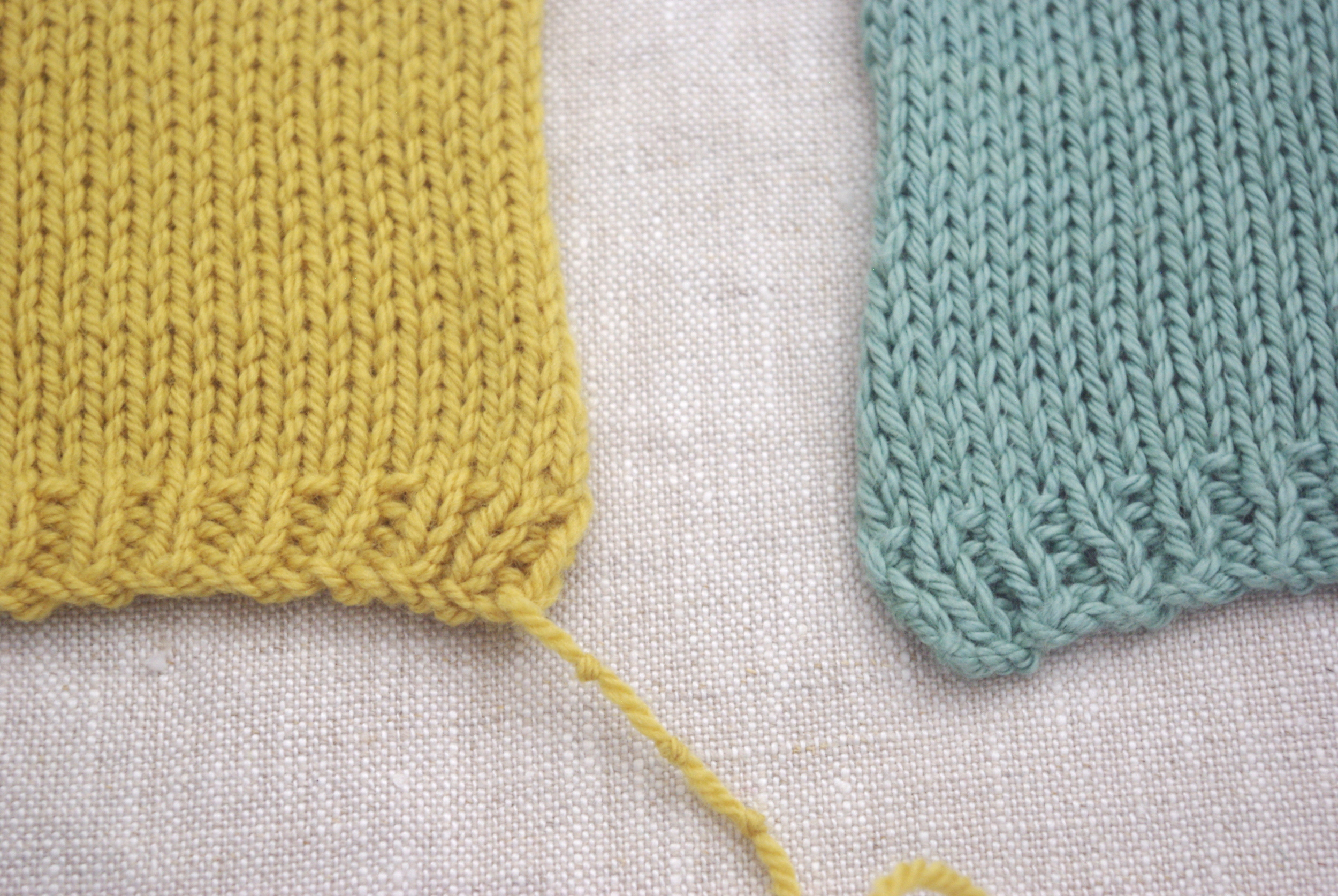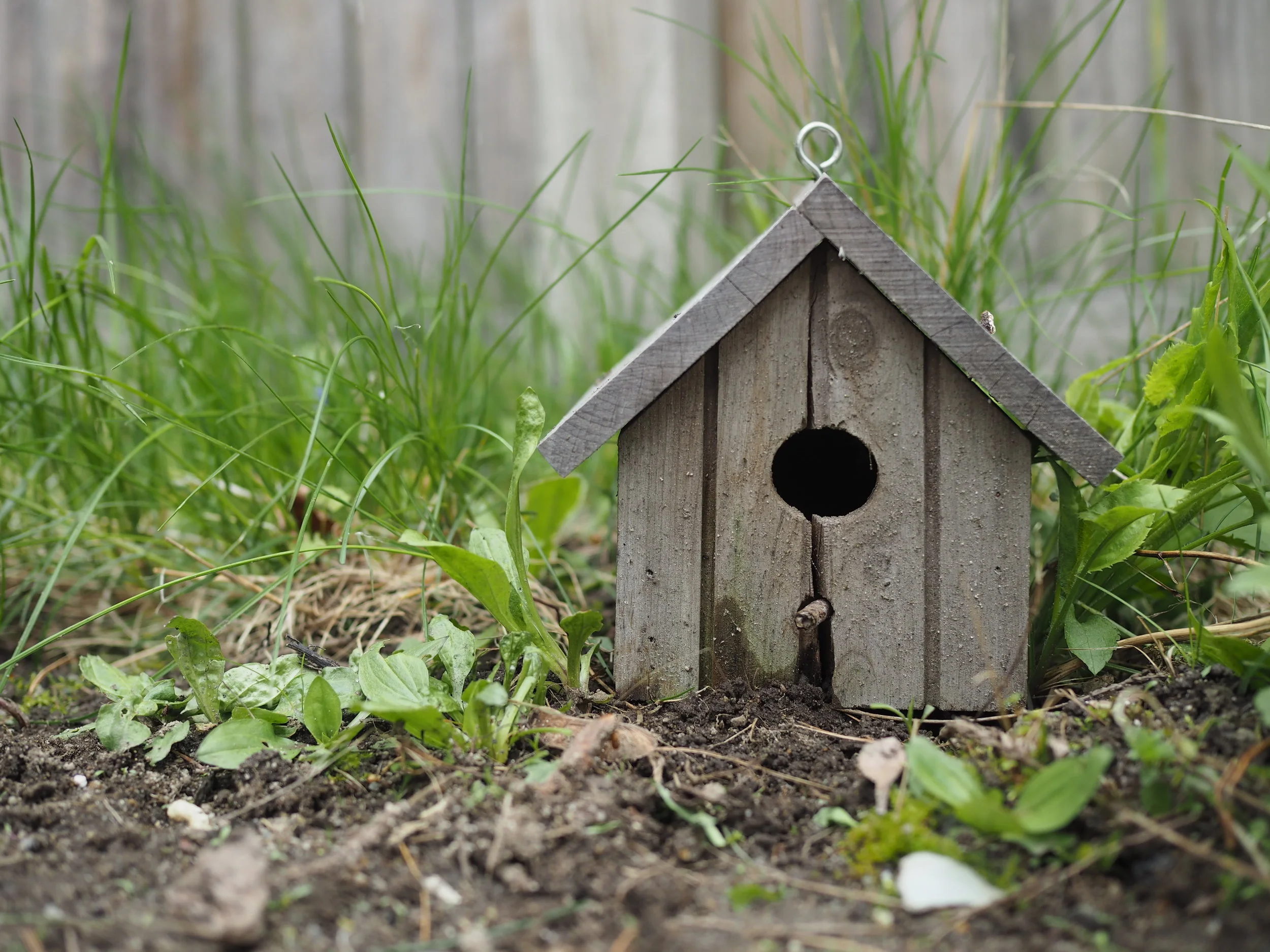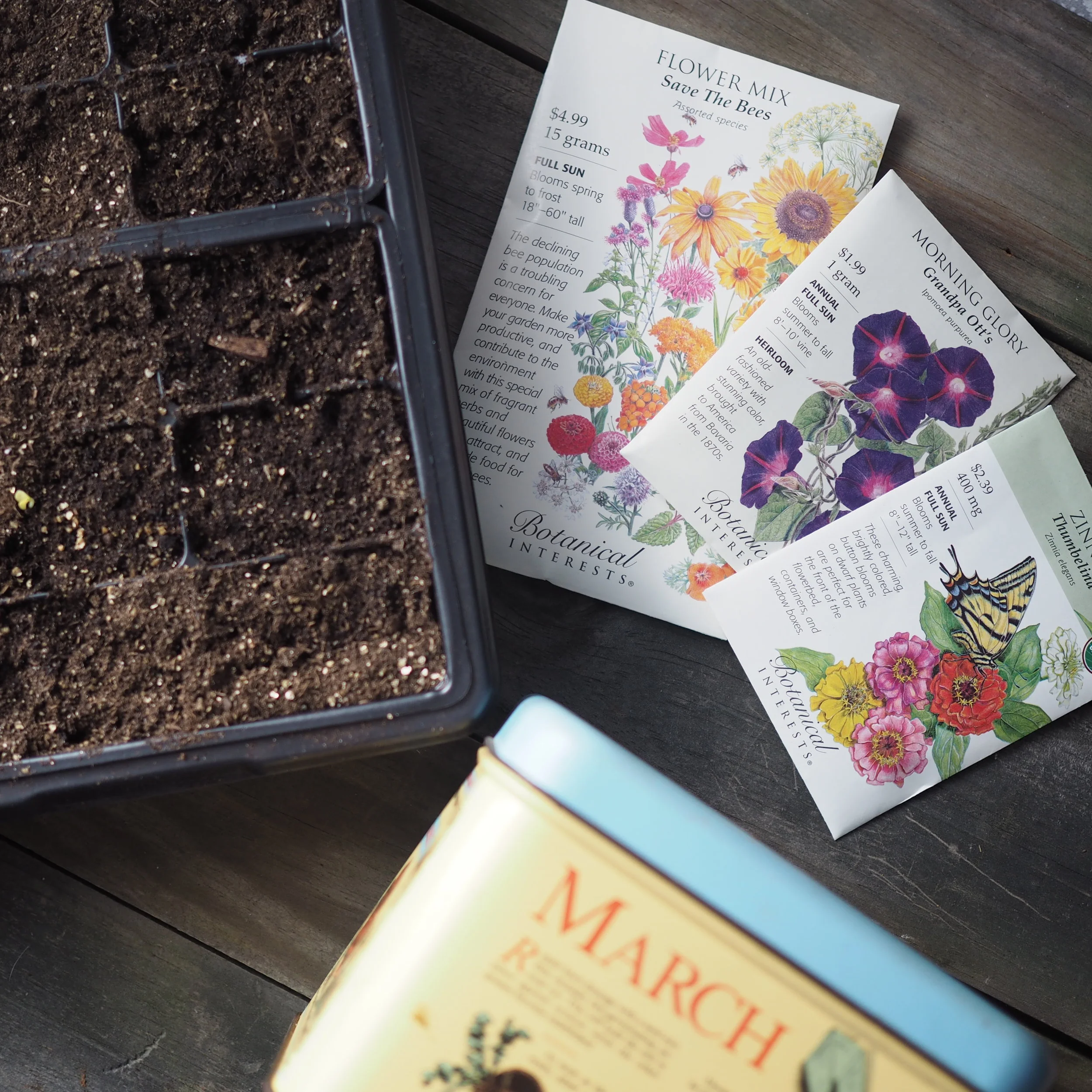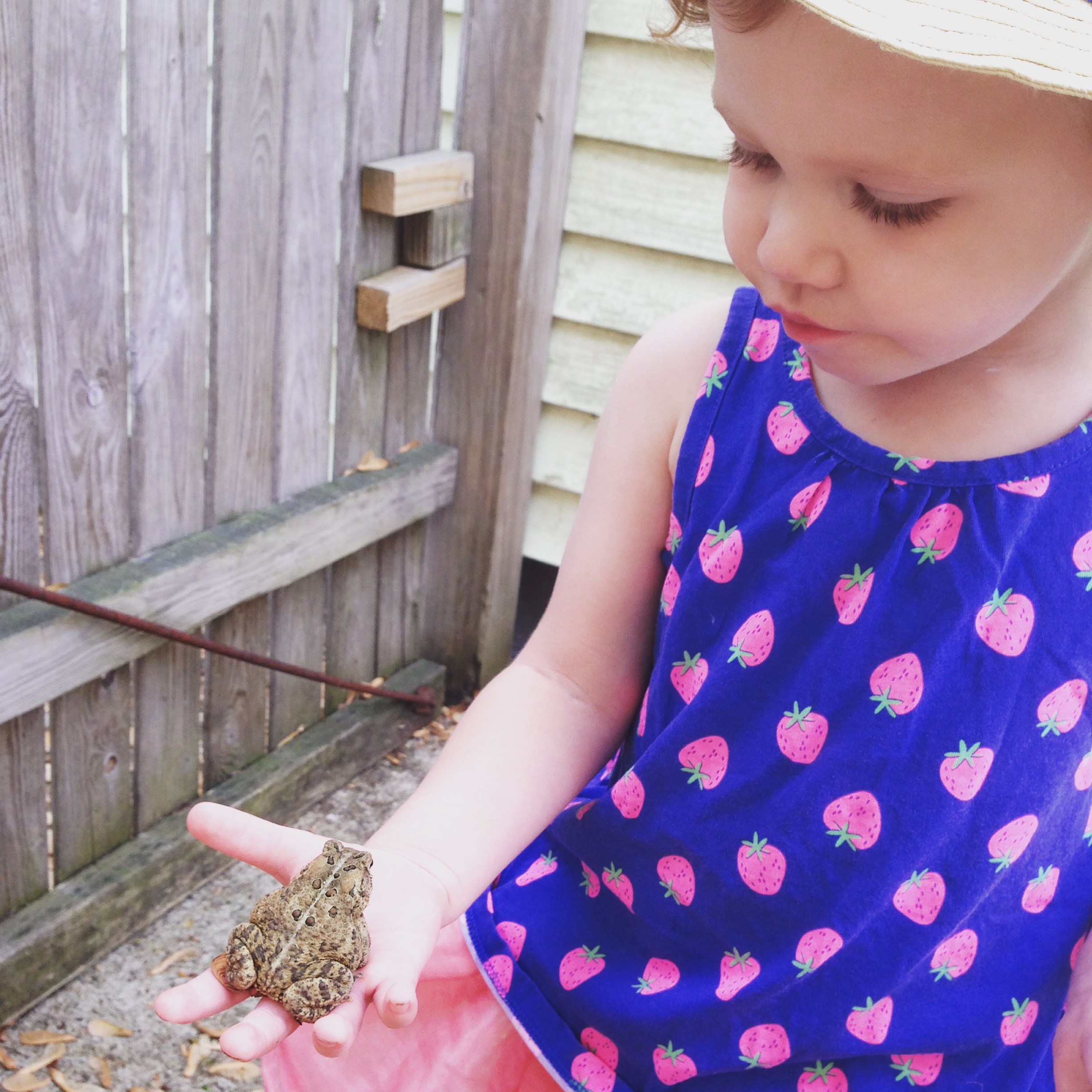
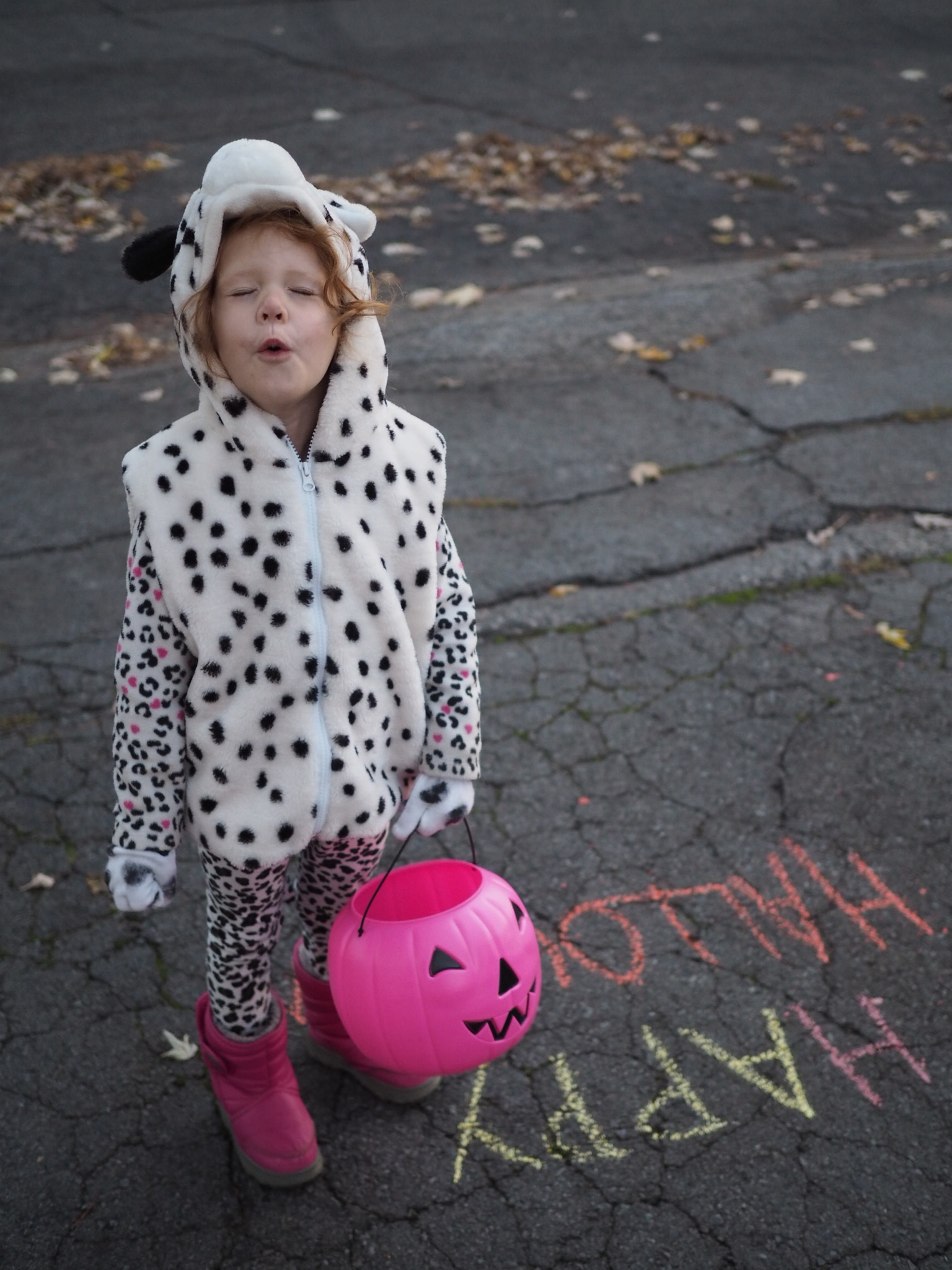




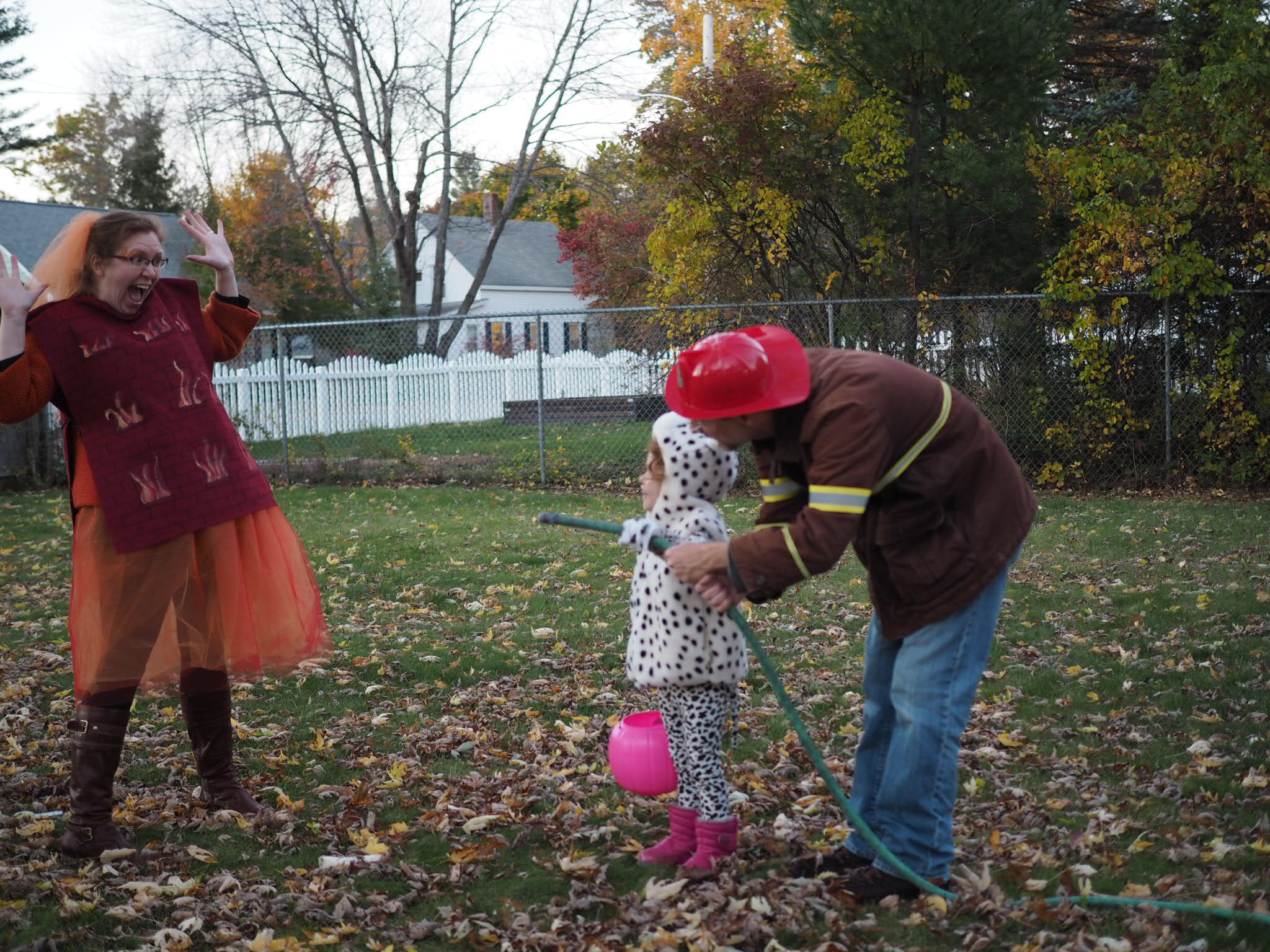
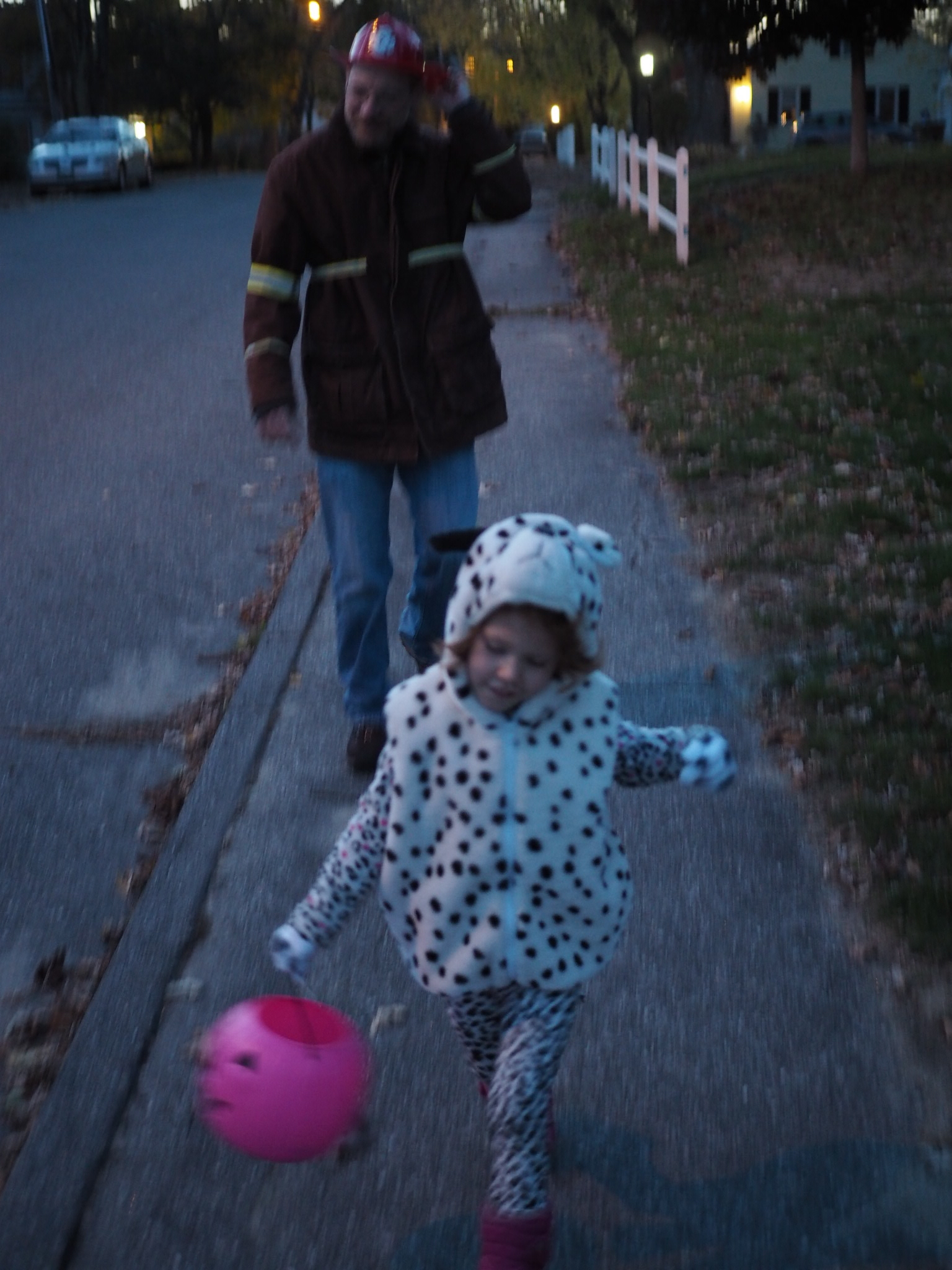
I love any excuse to dress up, so I've always loved Halloween. These days the challenge is to a) coordinate everyone's costume and b) find time to pull them all together.
This year was a perfect mix of homemade + purchased items. Little Miss Cleaver wanted to be a dalmatian/firehouse dog and we were lucky to find the hooded vest at the consignment store. The spotted fleece she already had, so I only had to whip up some leggings and "paws". Mr. Cleaver got to be a fireman, and after little luck finding anything that looked like a firefighter coat for cheap, I bought some reflective tape at the fabric store and pinned it to one of his coats. The store-bought hat sells the look.
As for me? Not being able to find a firefighter outfit for one, I shifted my plan from being a second firefighter to being a burning building. With some cheap felt, a dozen yards of tulle and some quality time with fabric paint and a sharpie, I ended up with the hottest costume in town. (Can't help myself.)
LMC had a great time trick-or-treating and handing out candy. We have some very generous neighbors, so even though we only did both sides of one street, she is well stocked on sweets. I can't wait to see what she comes up with for next year!












